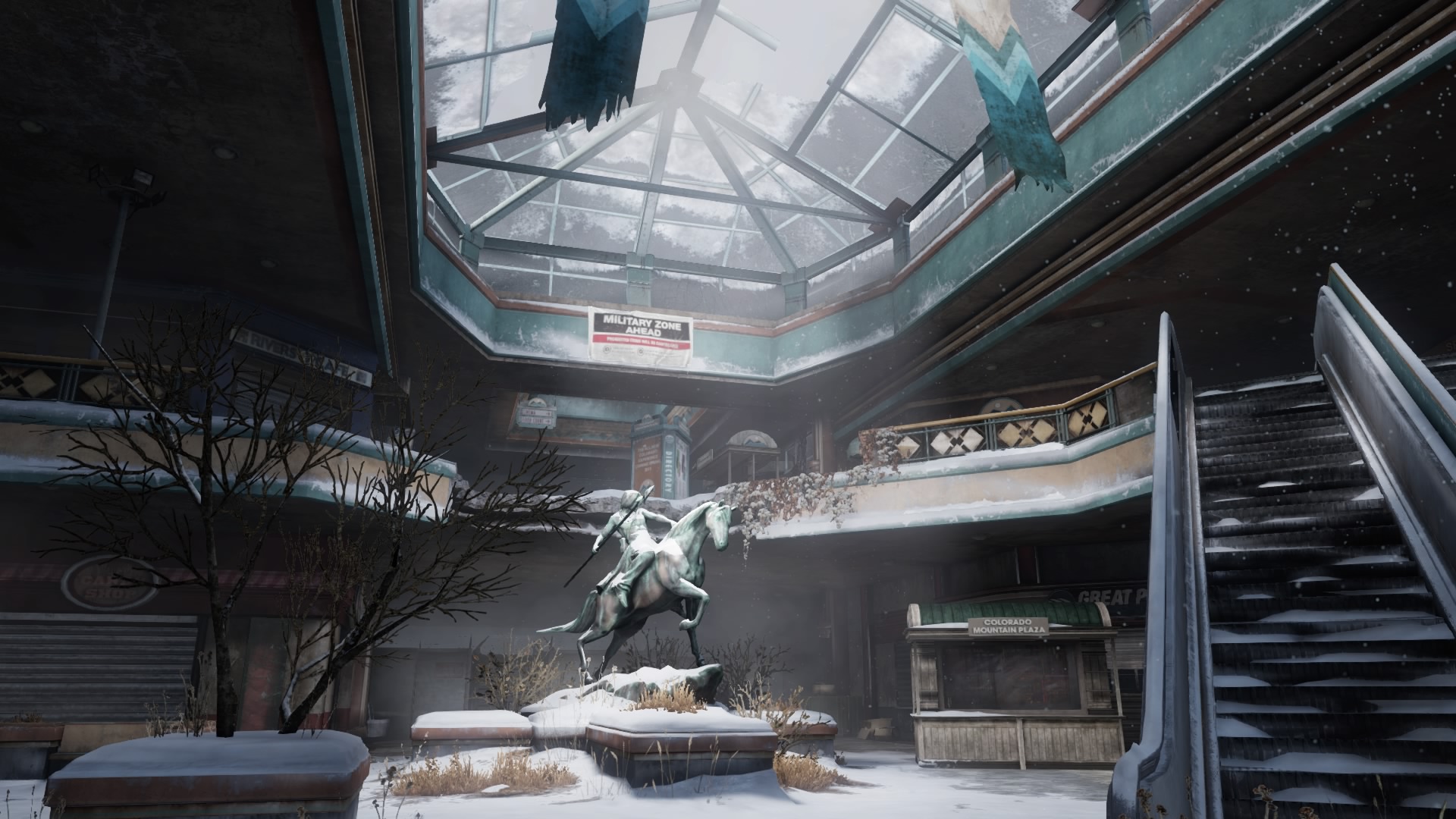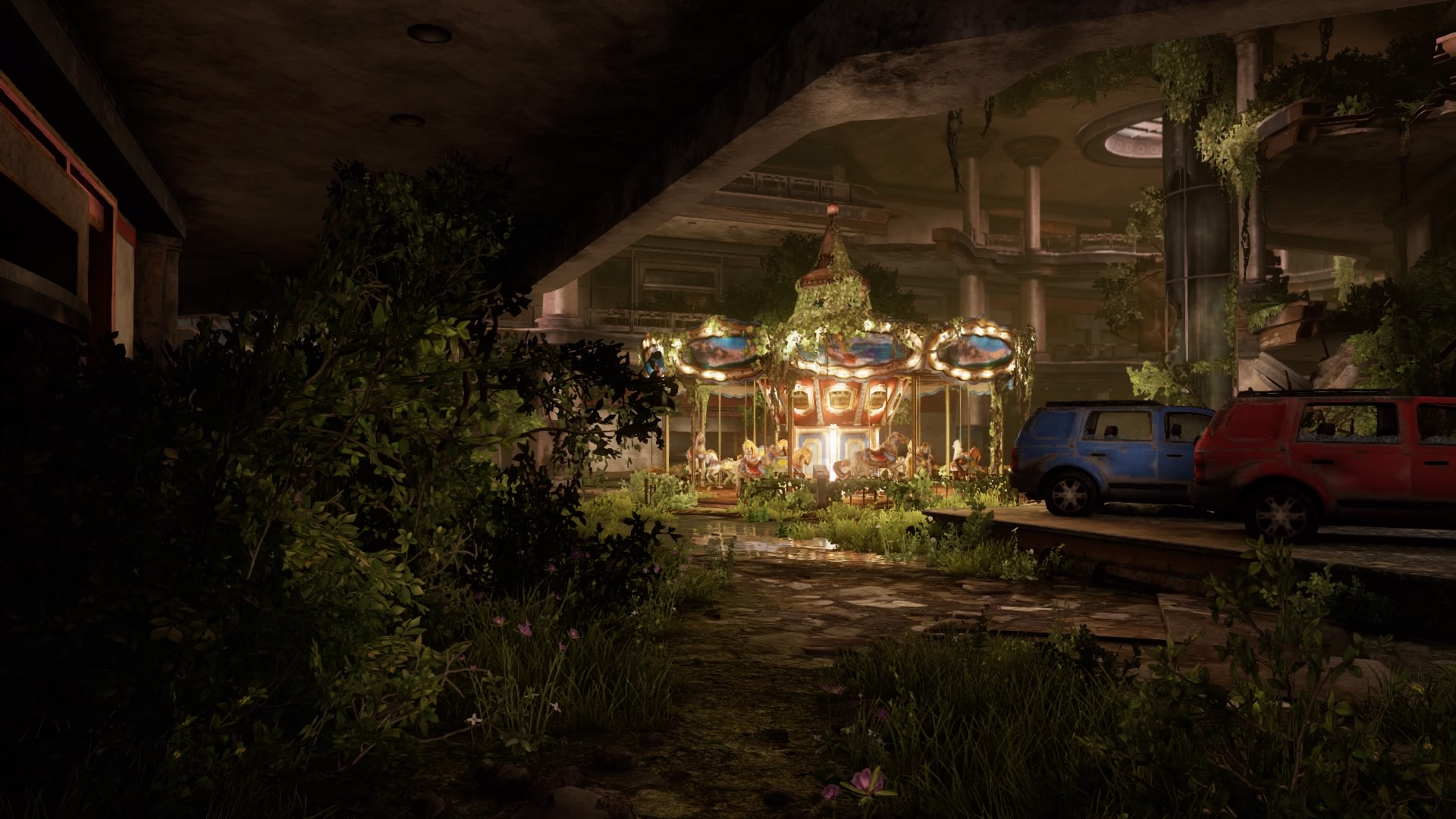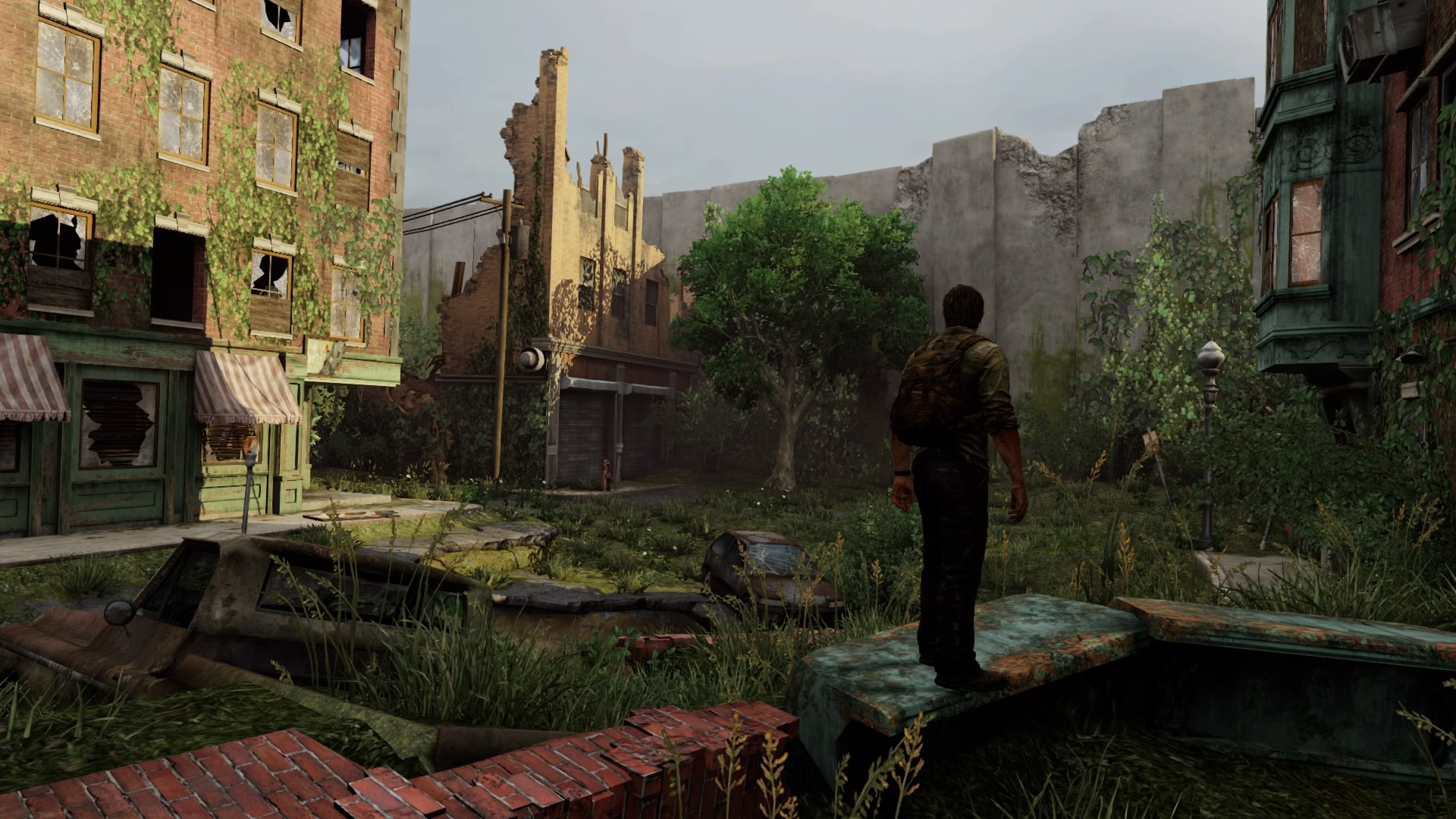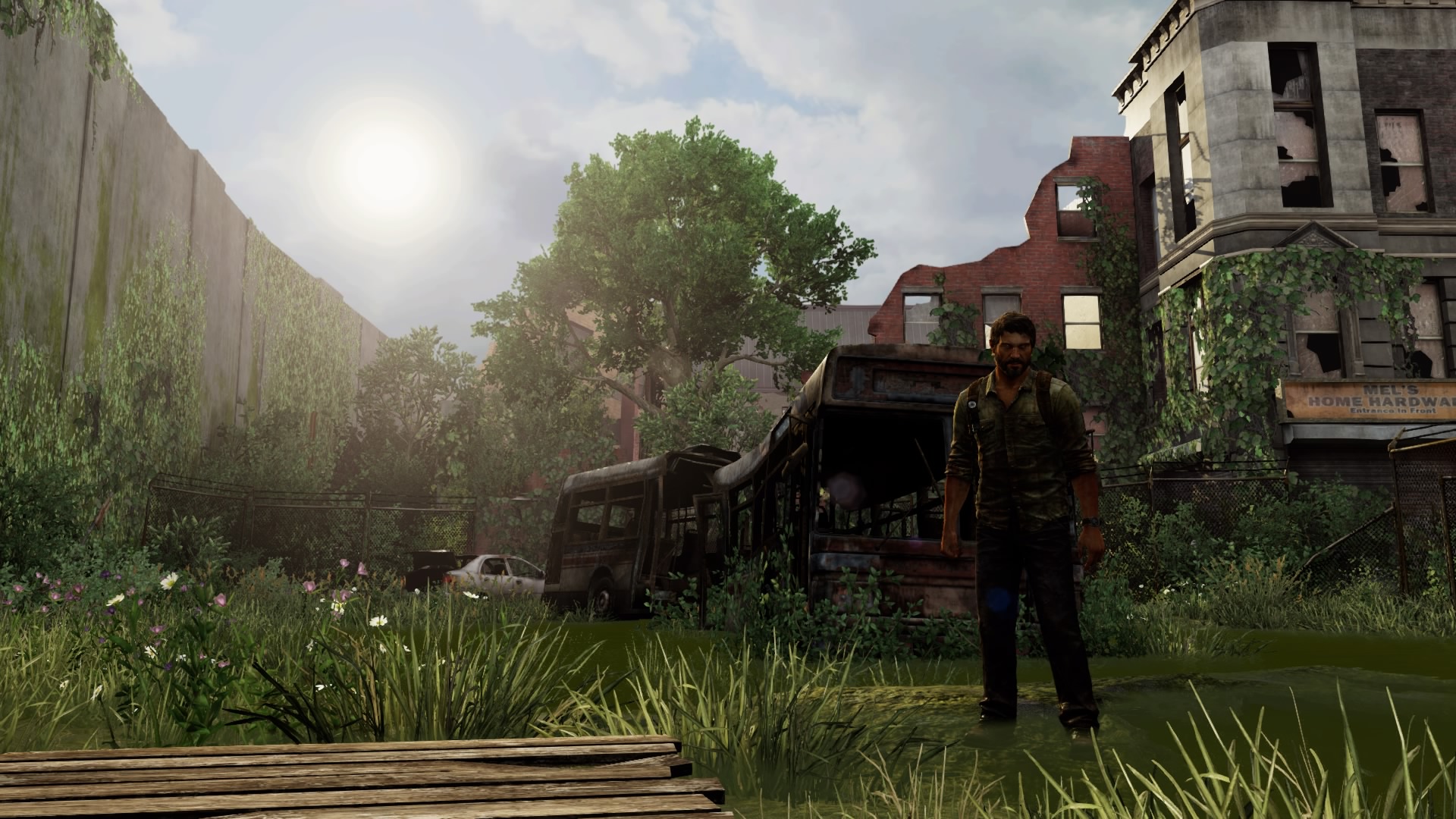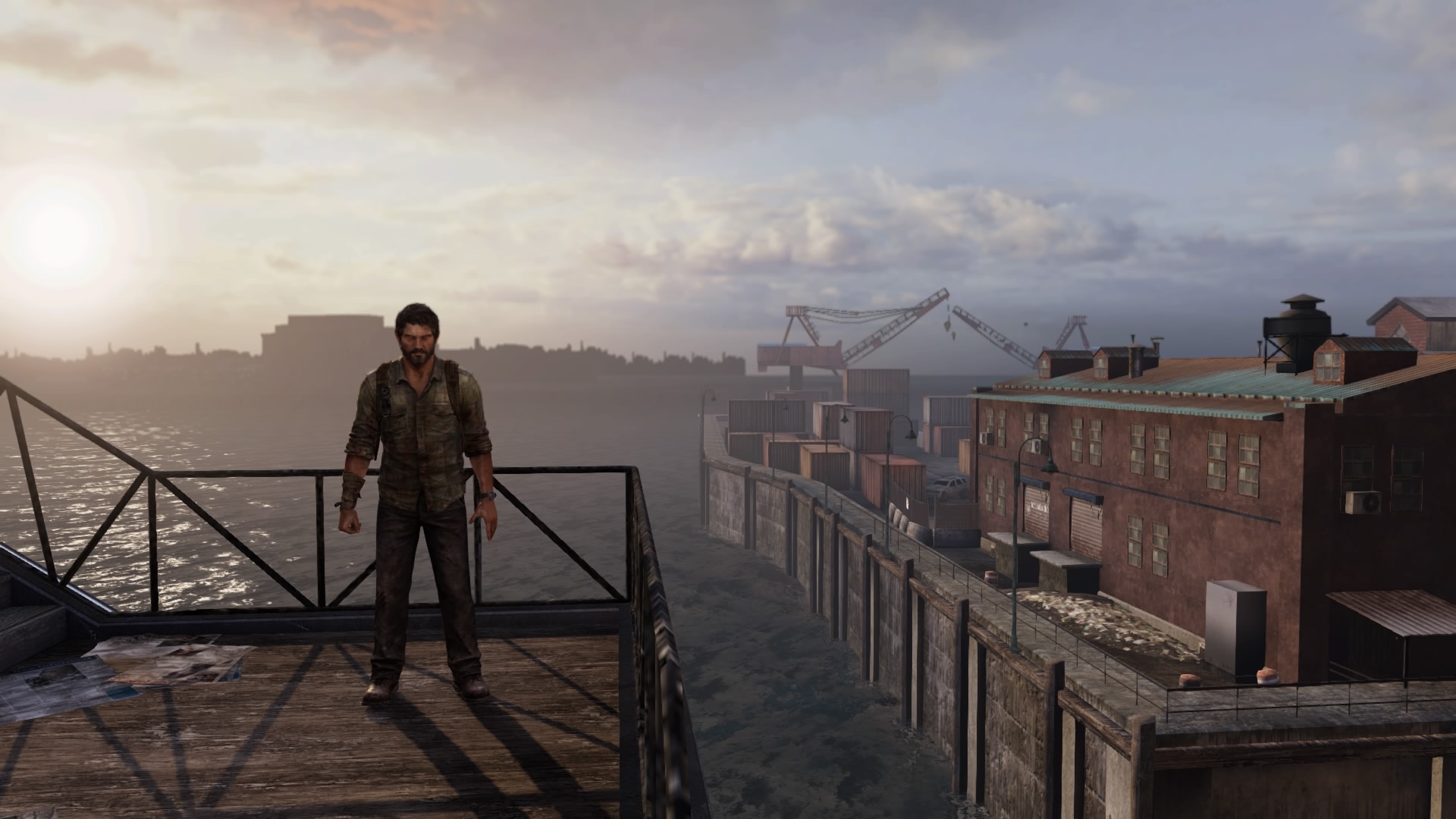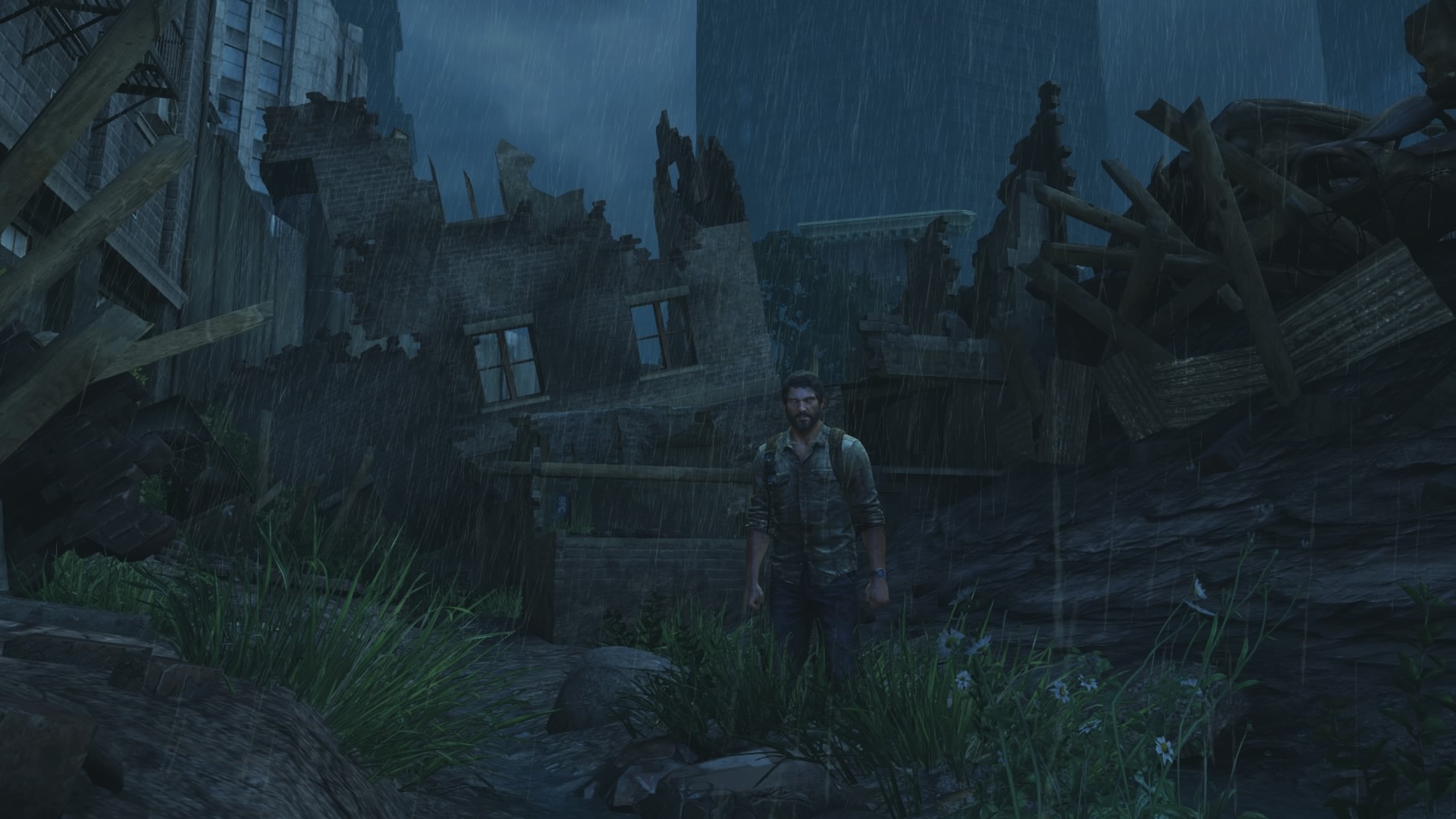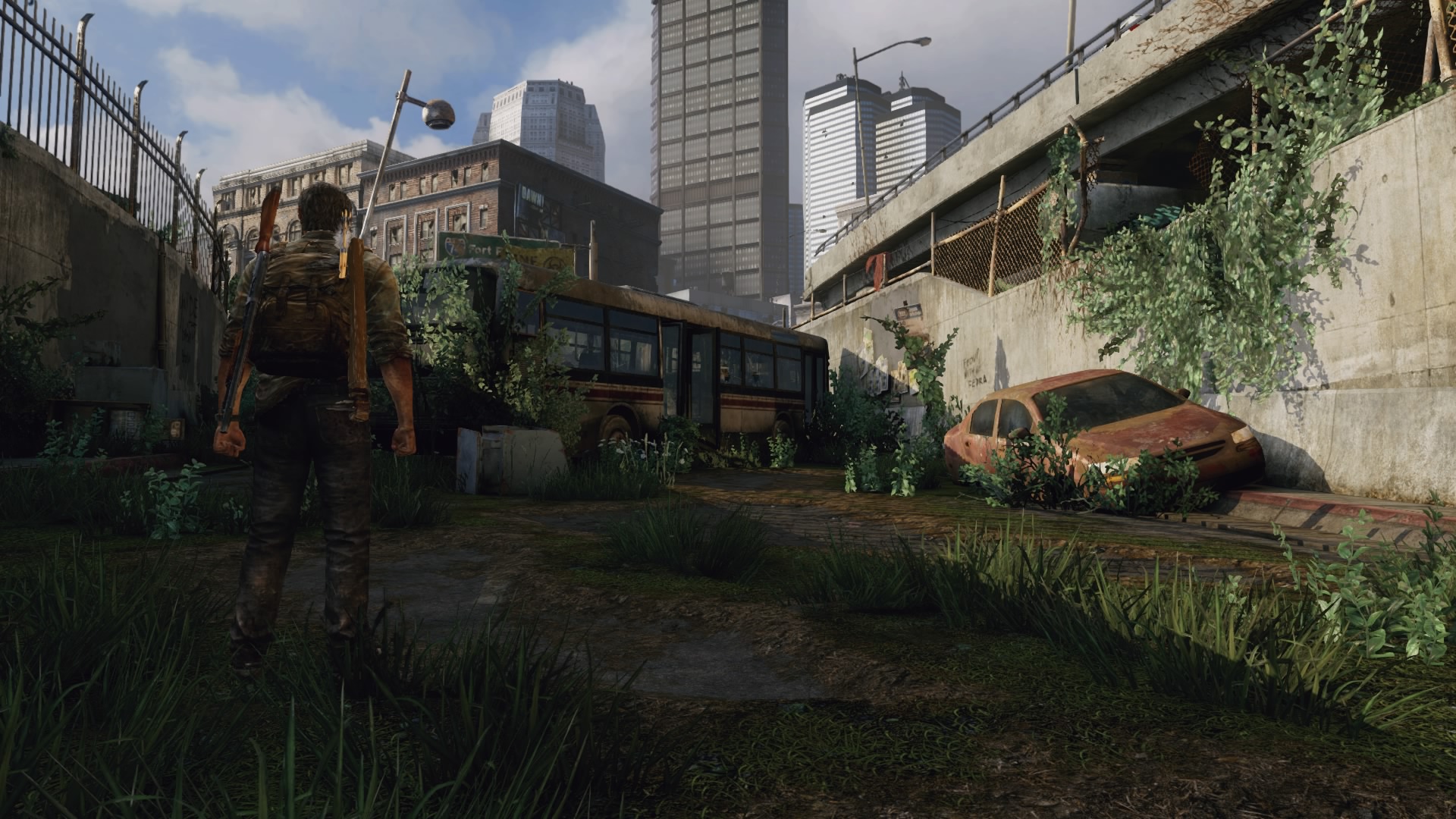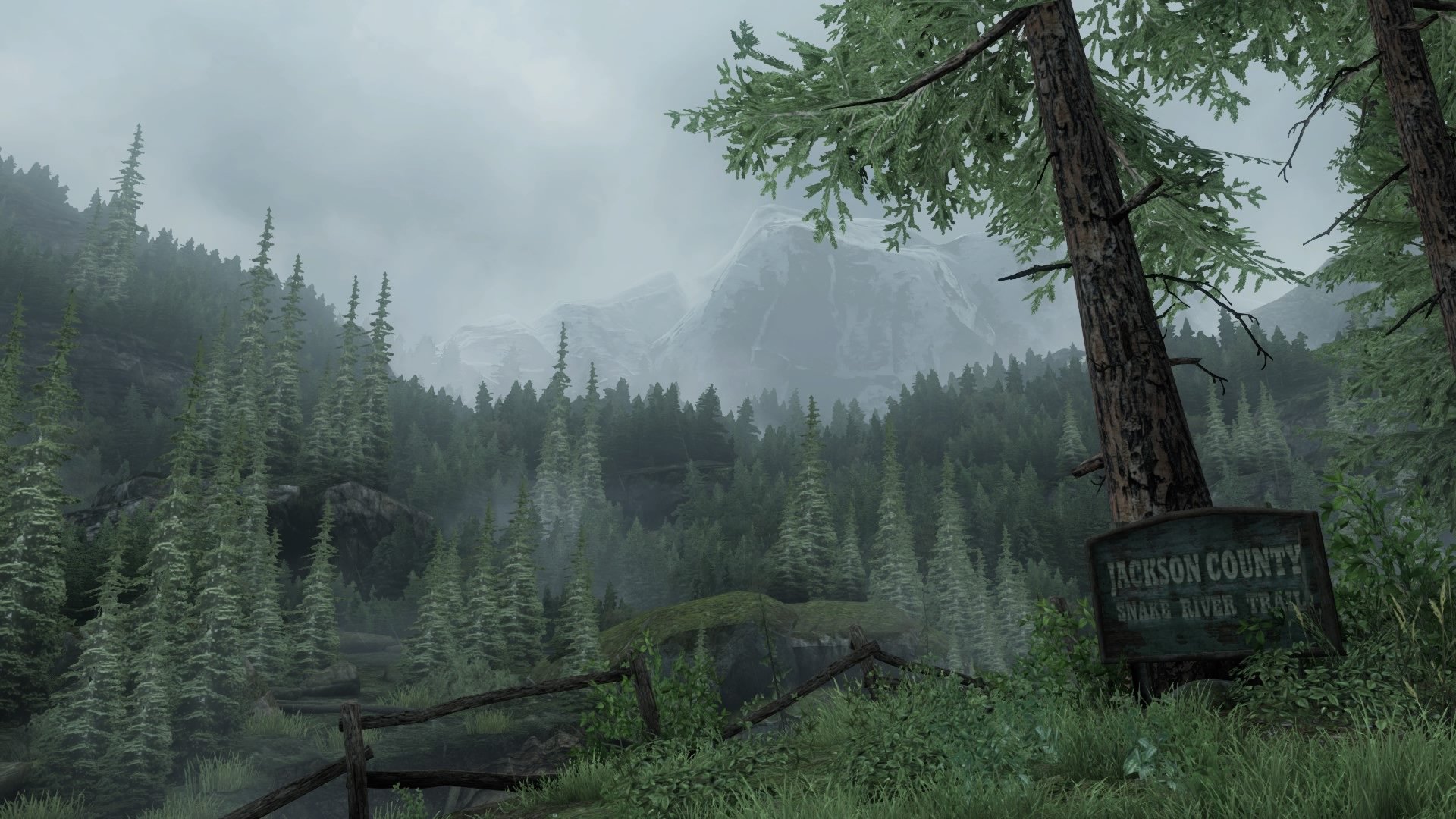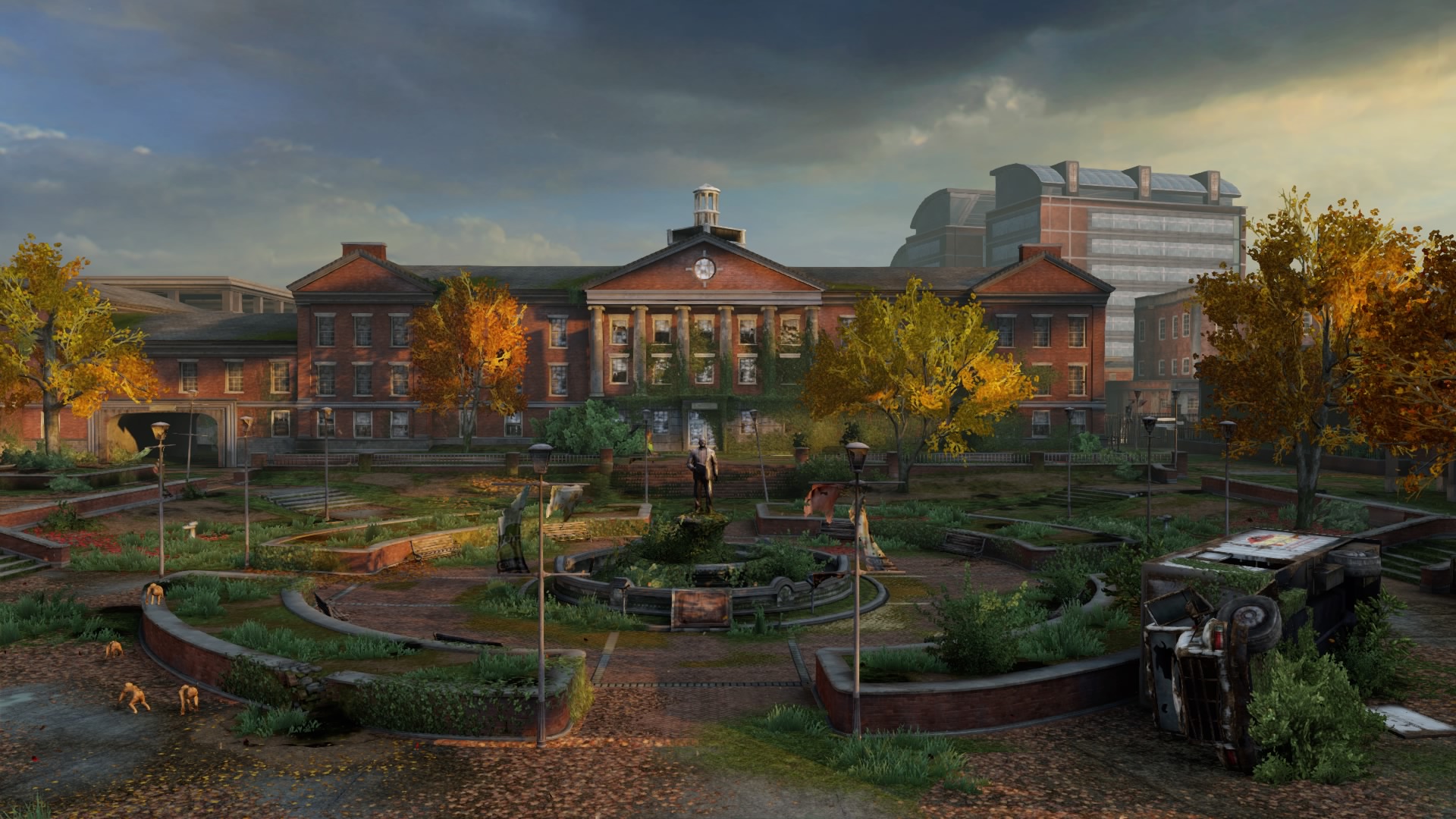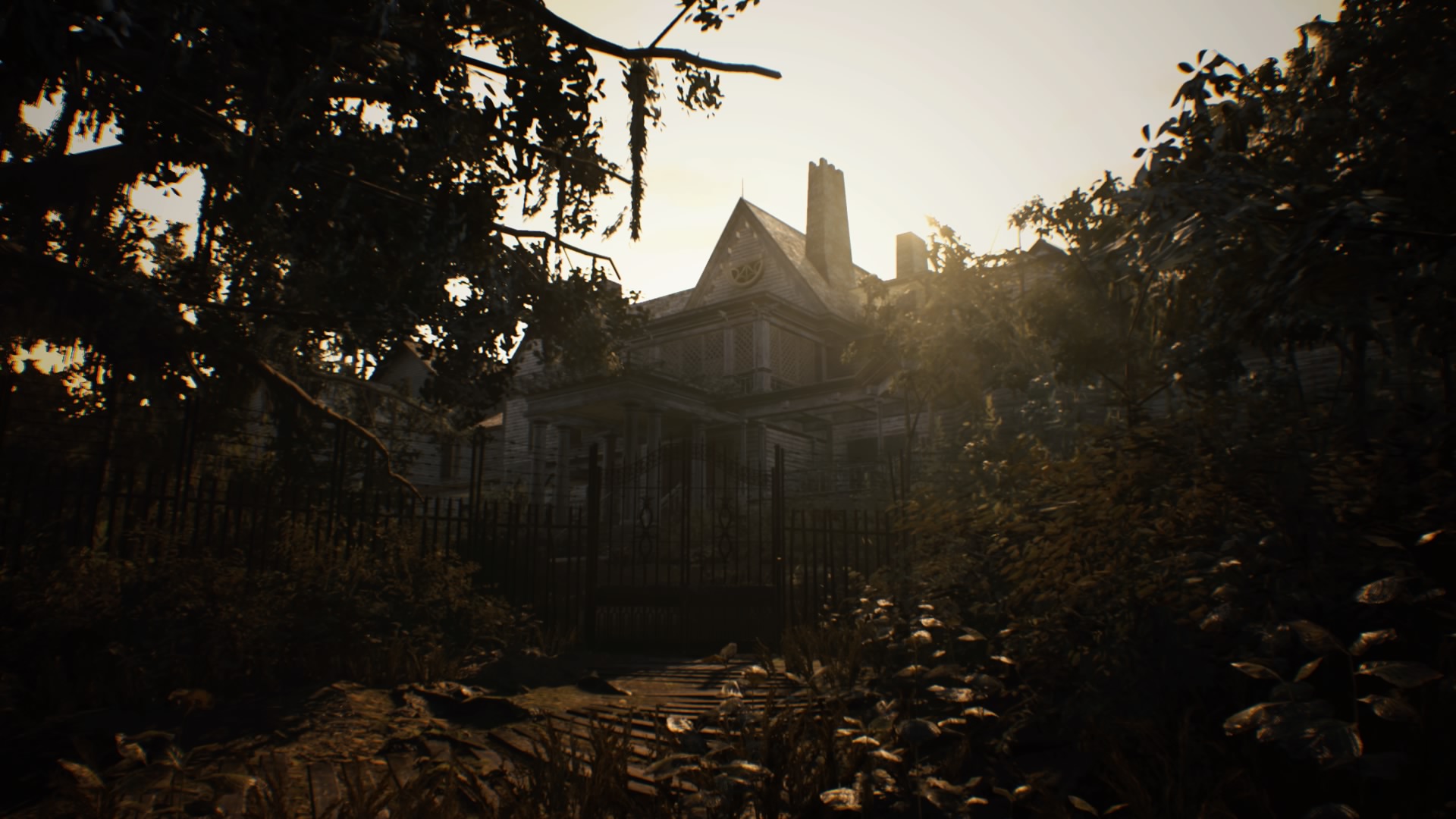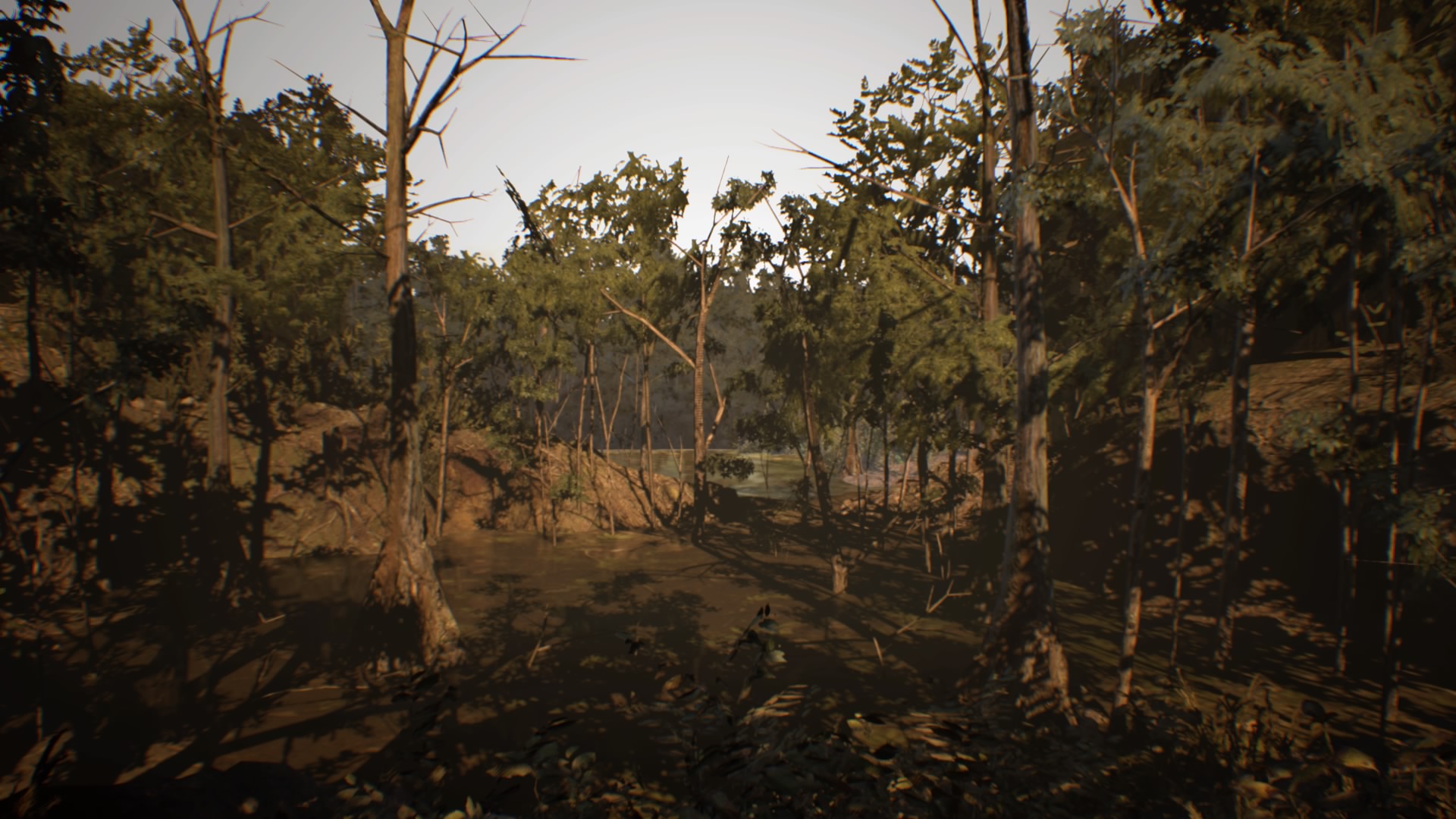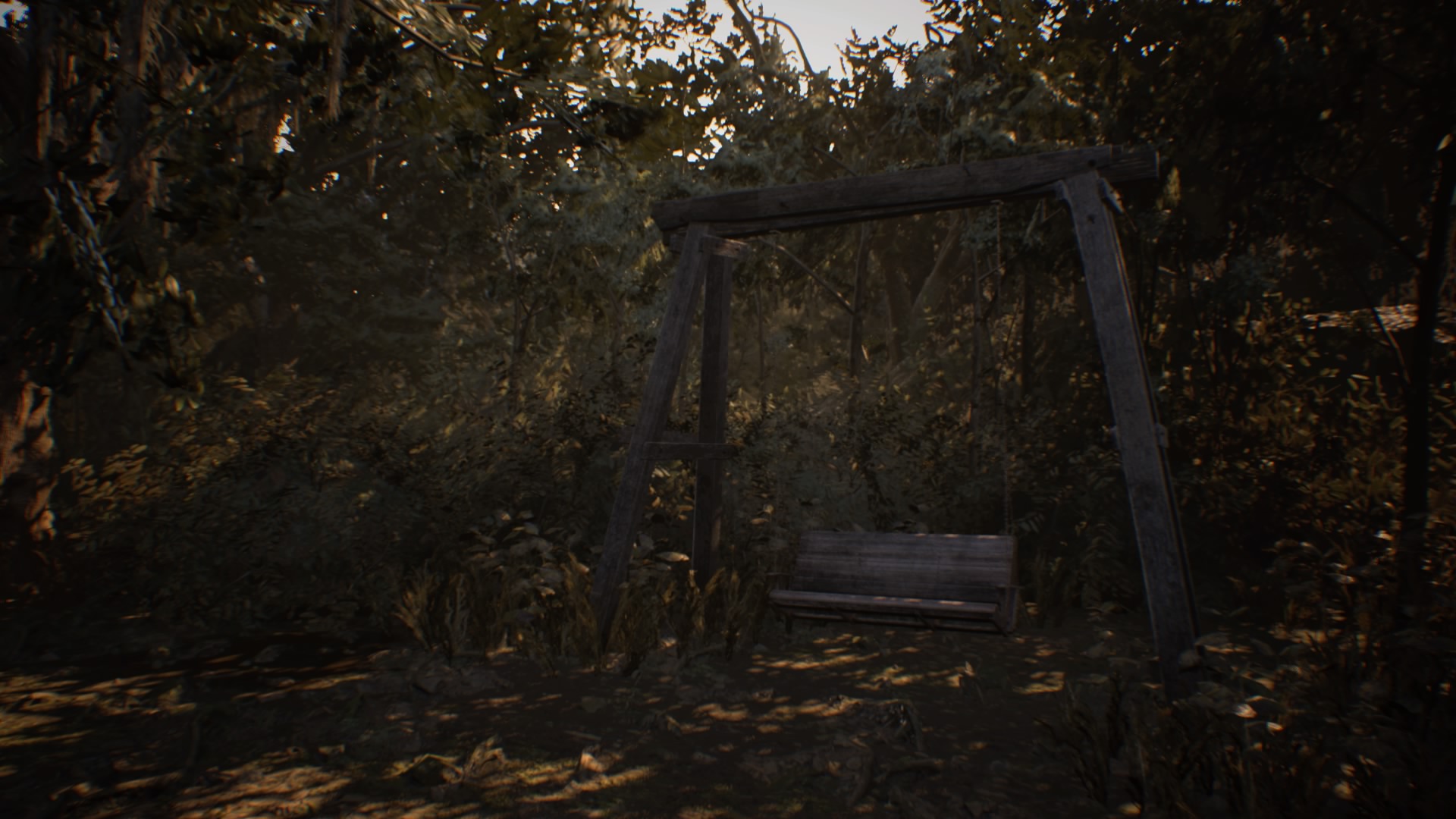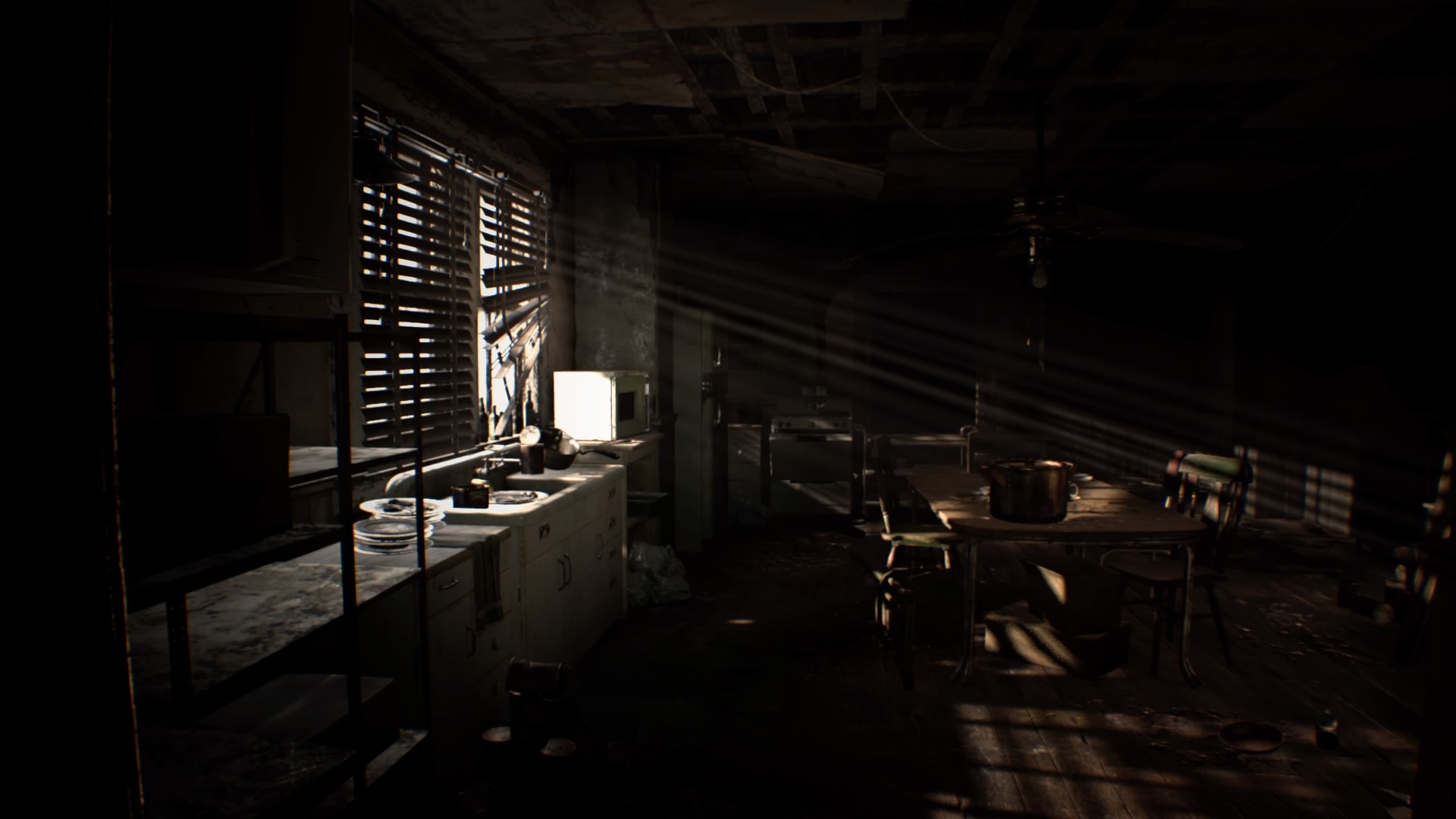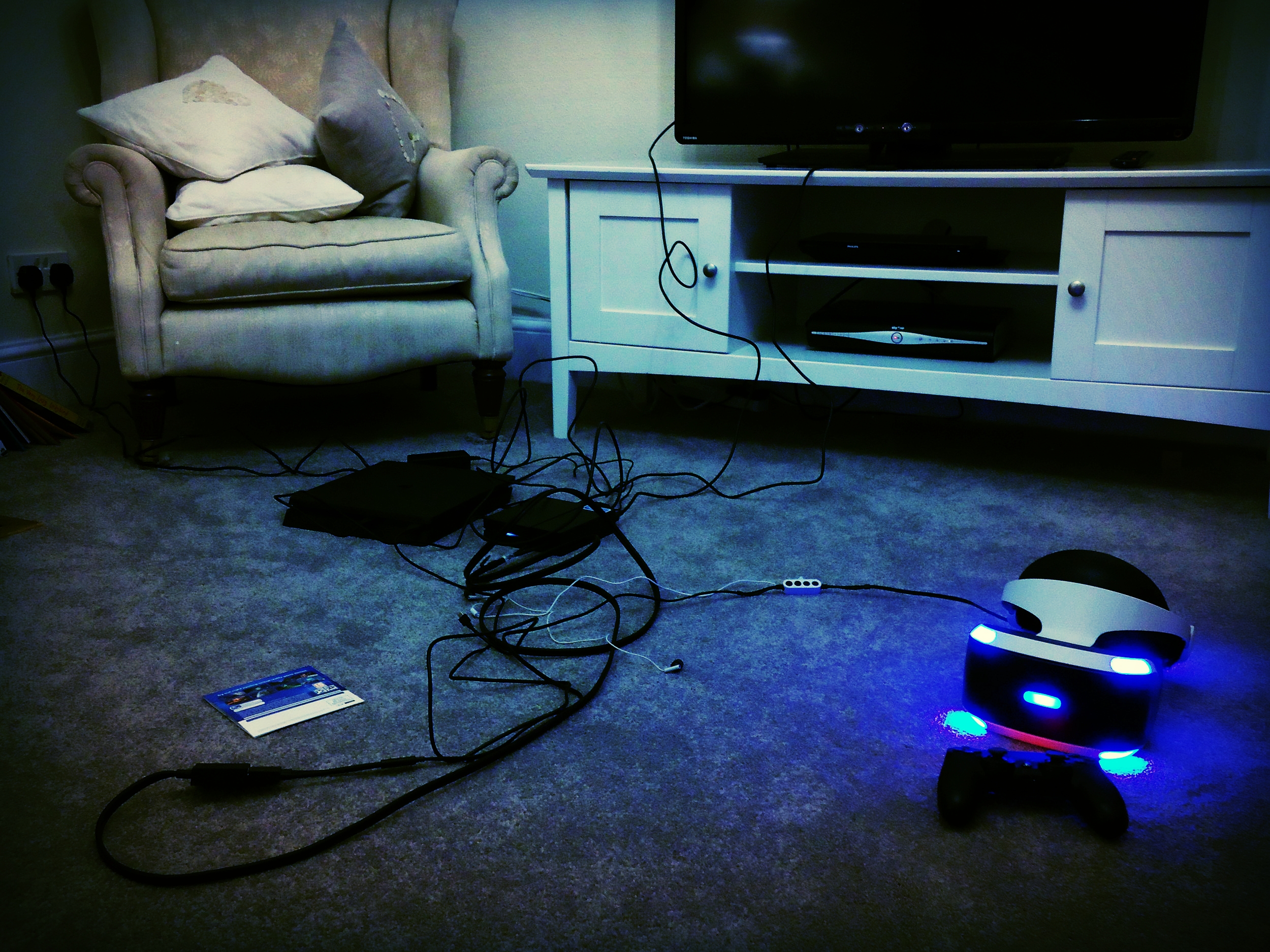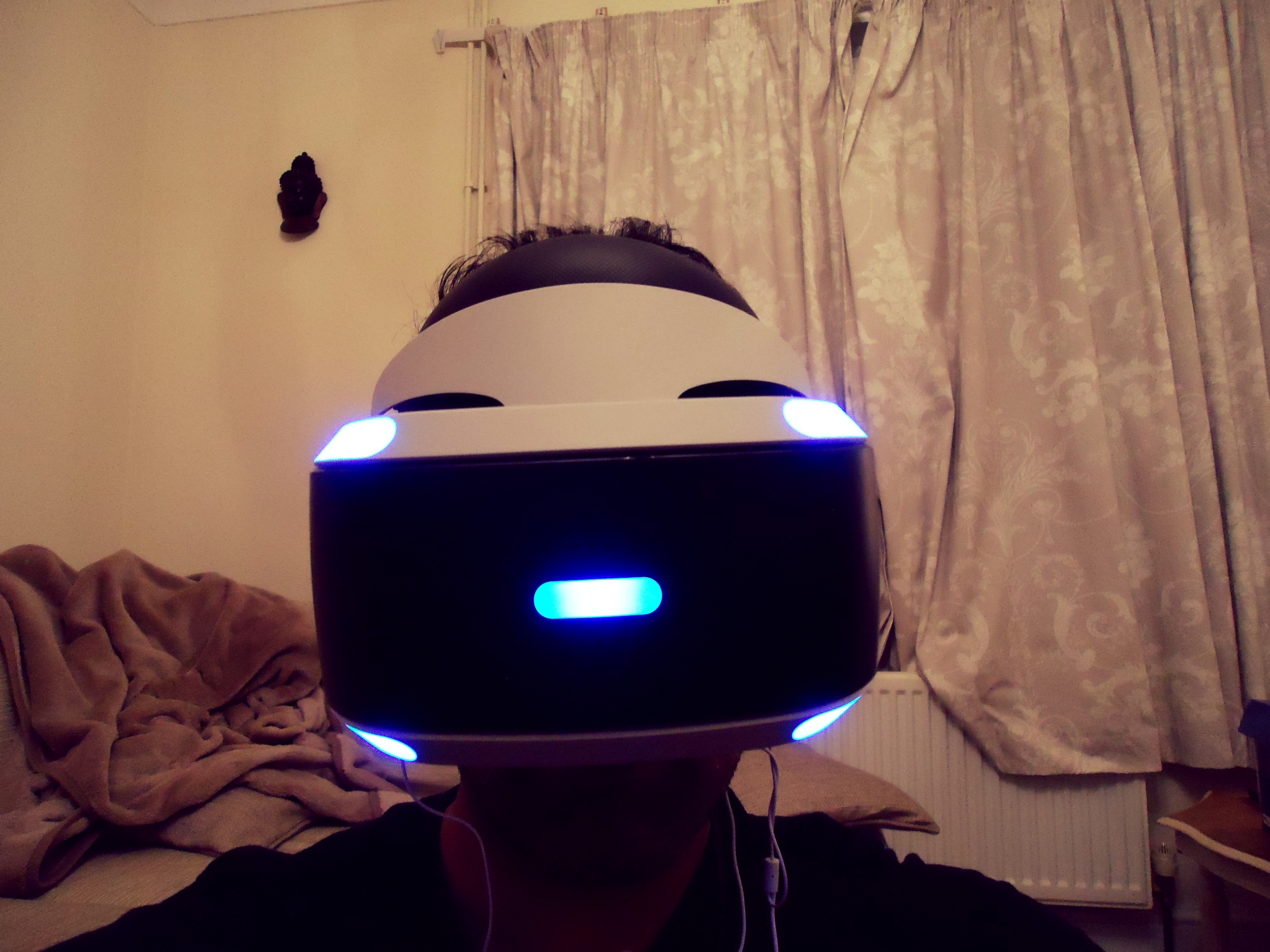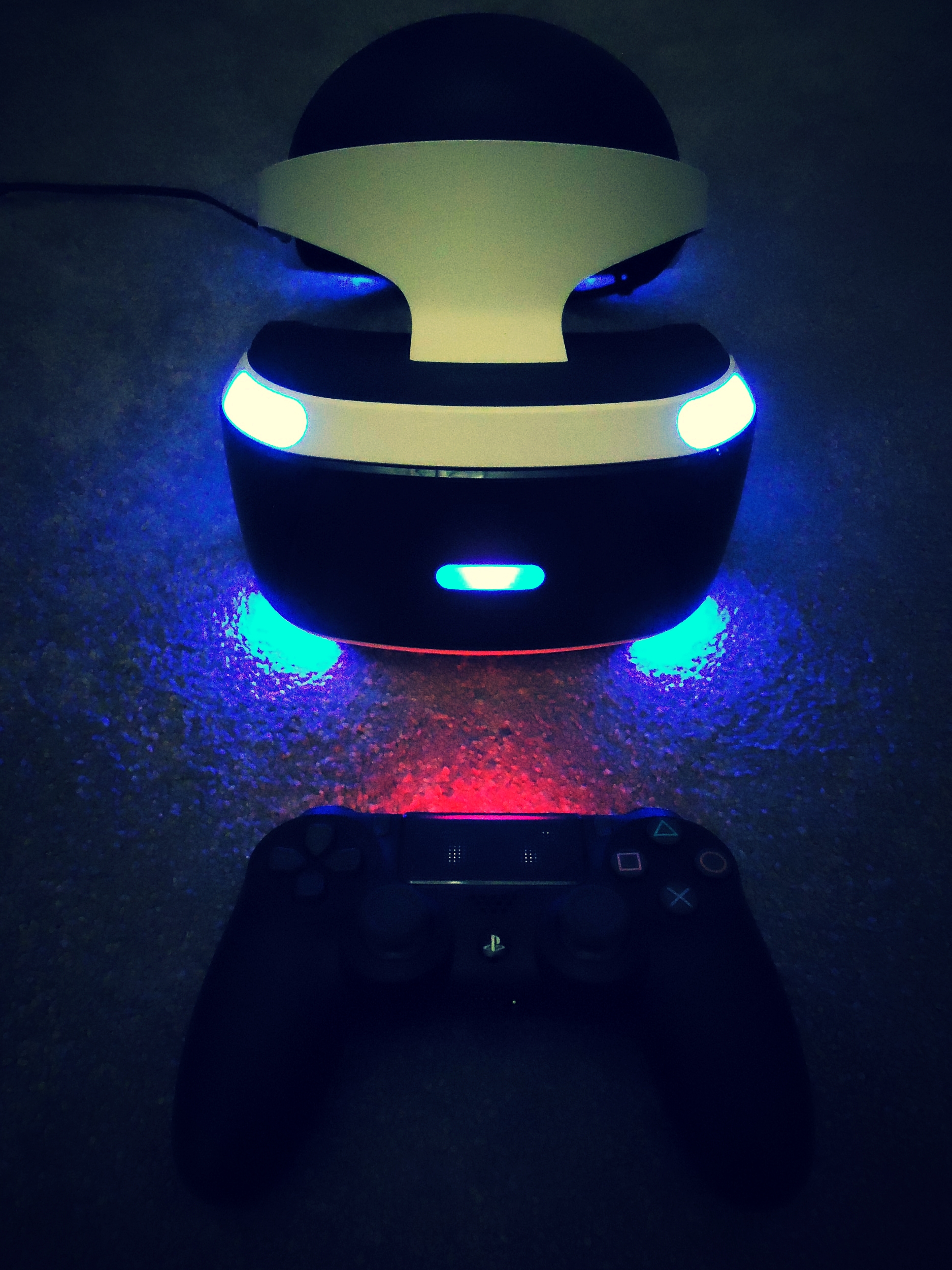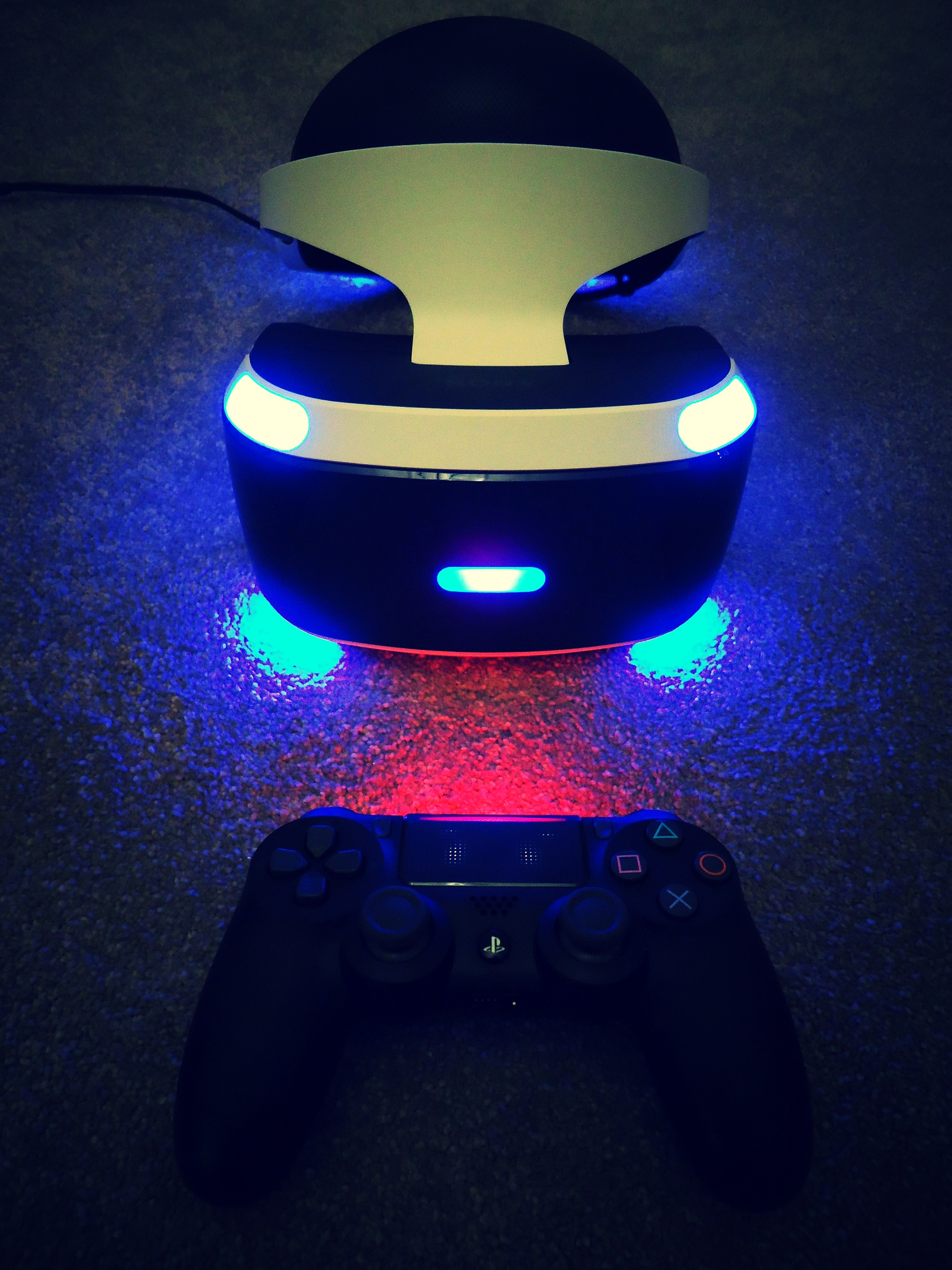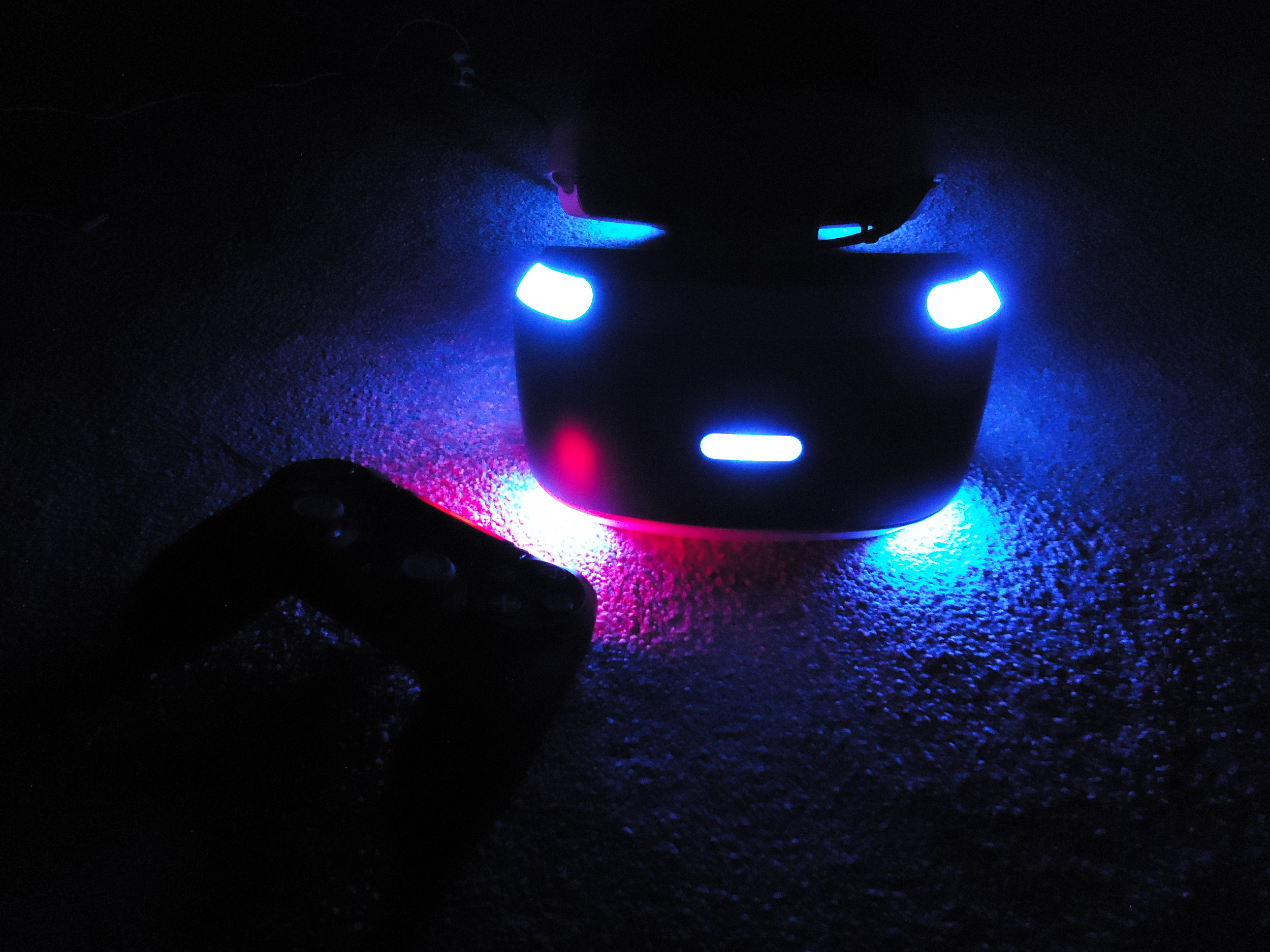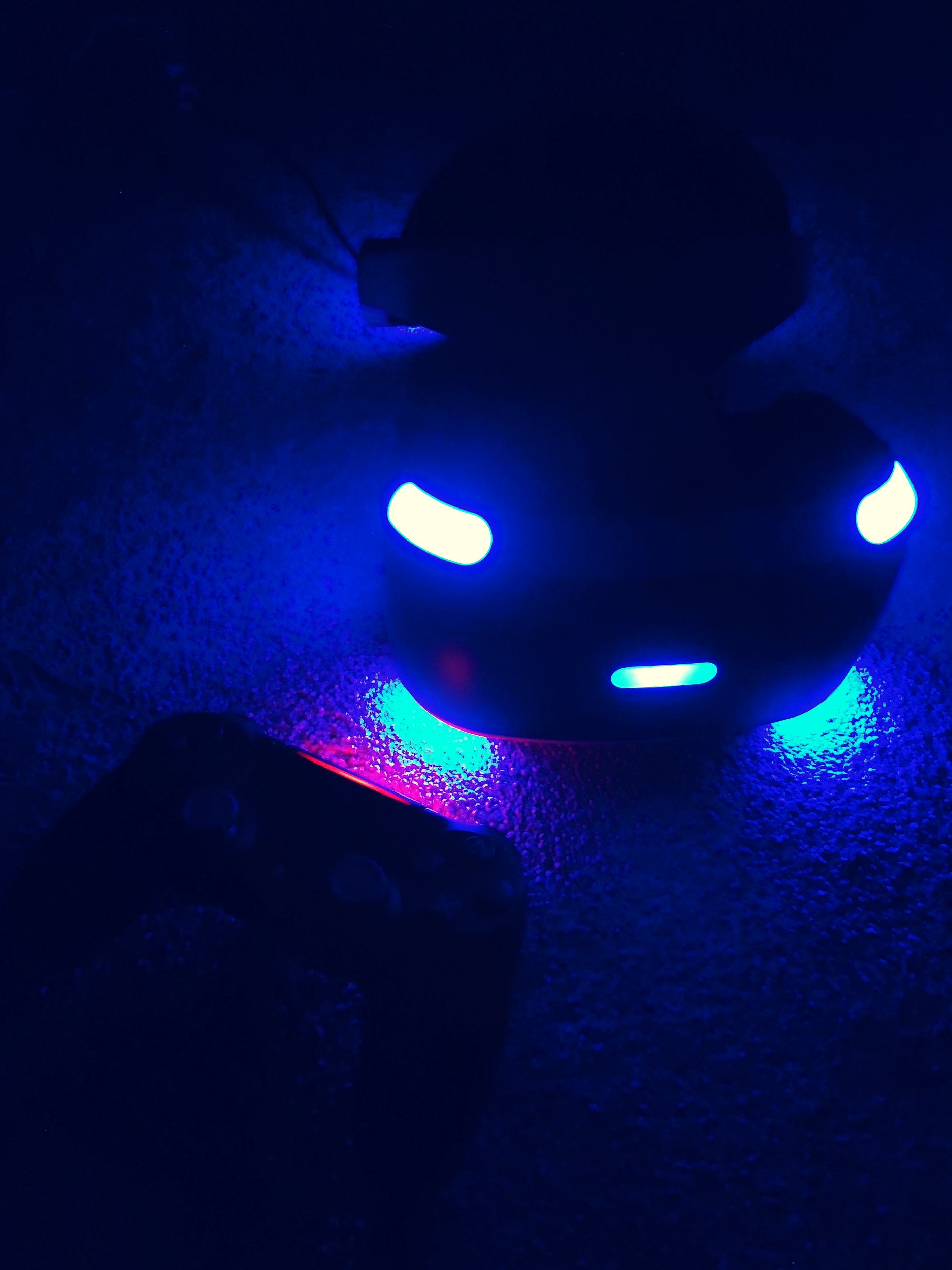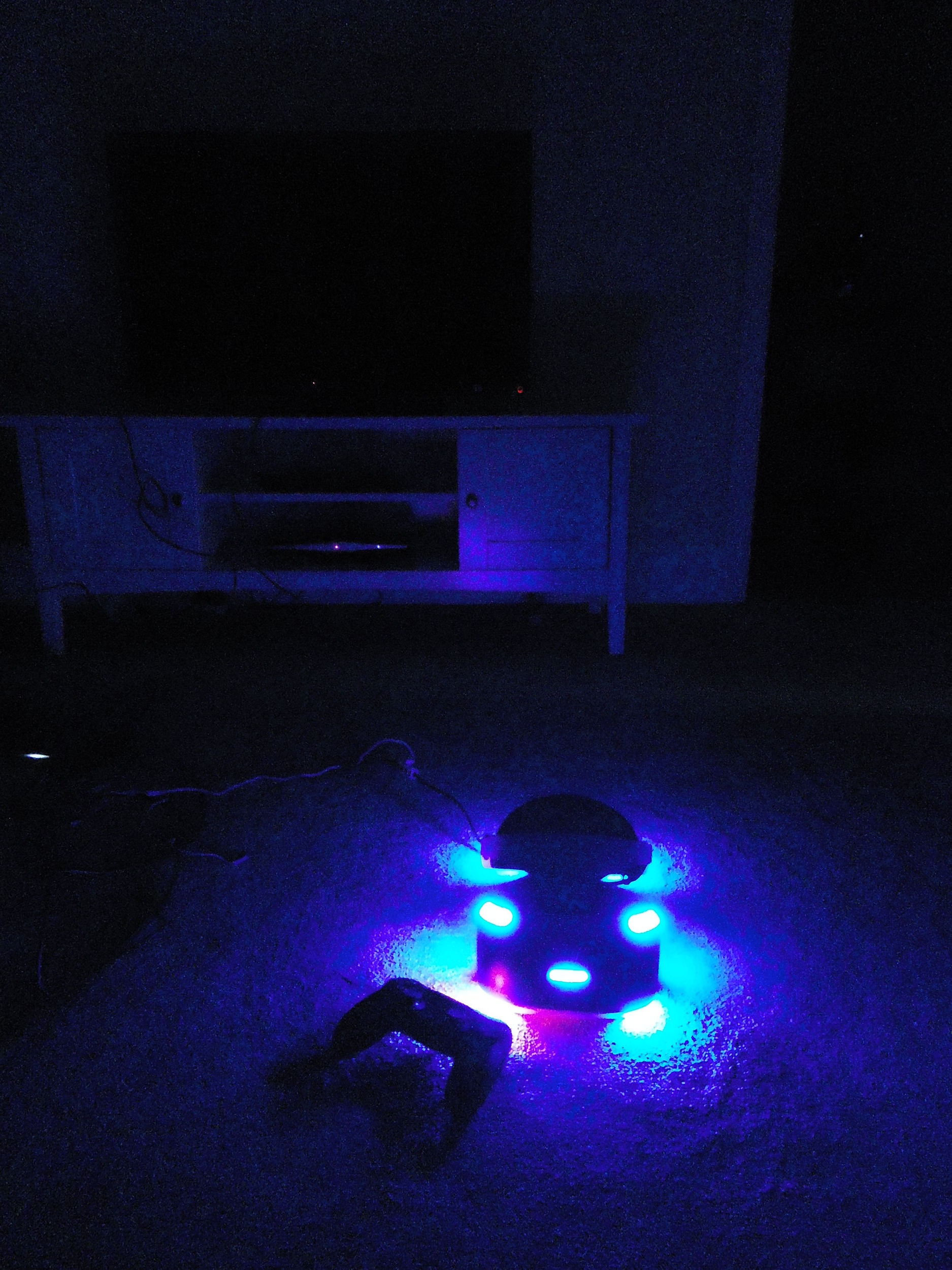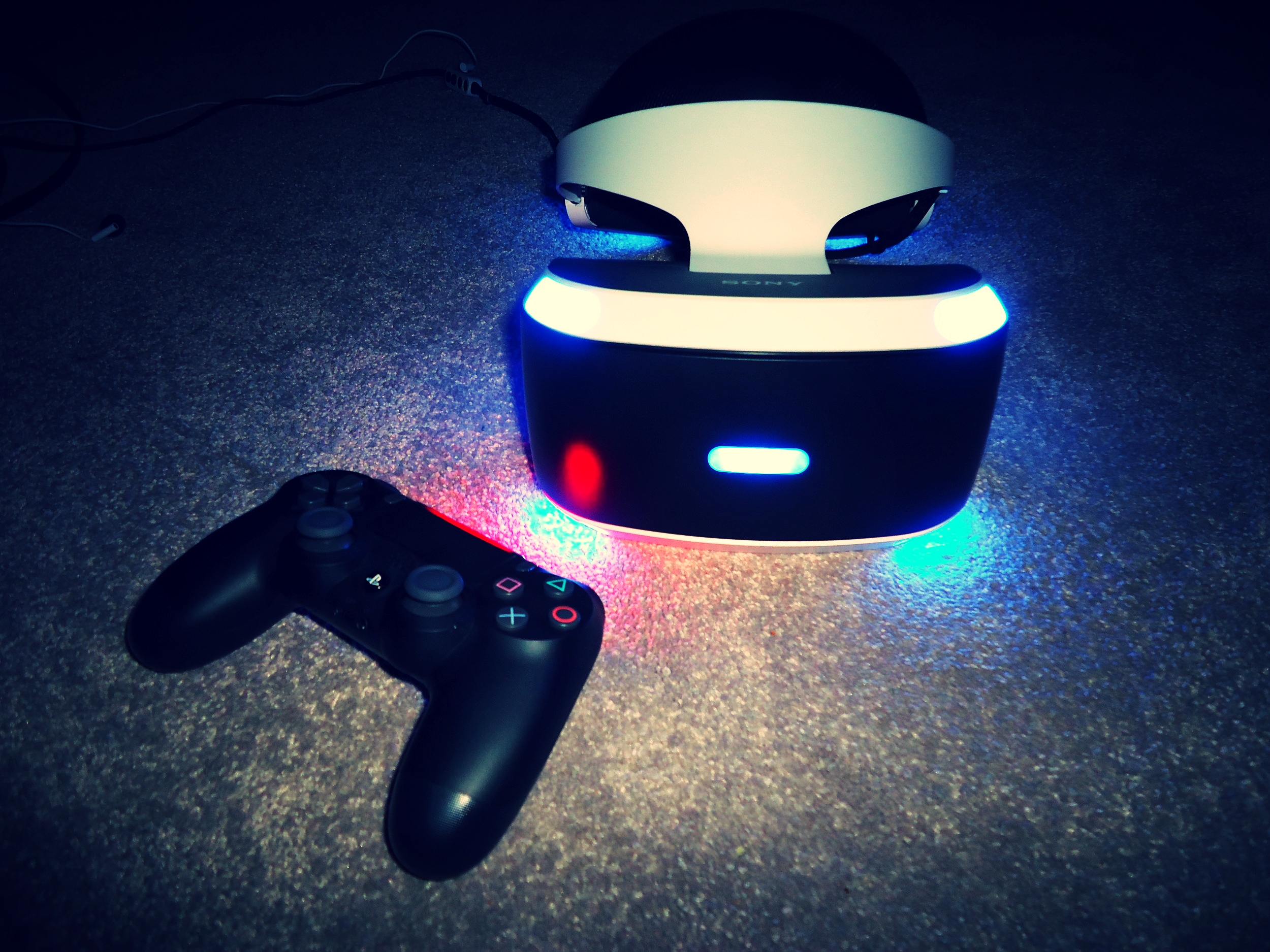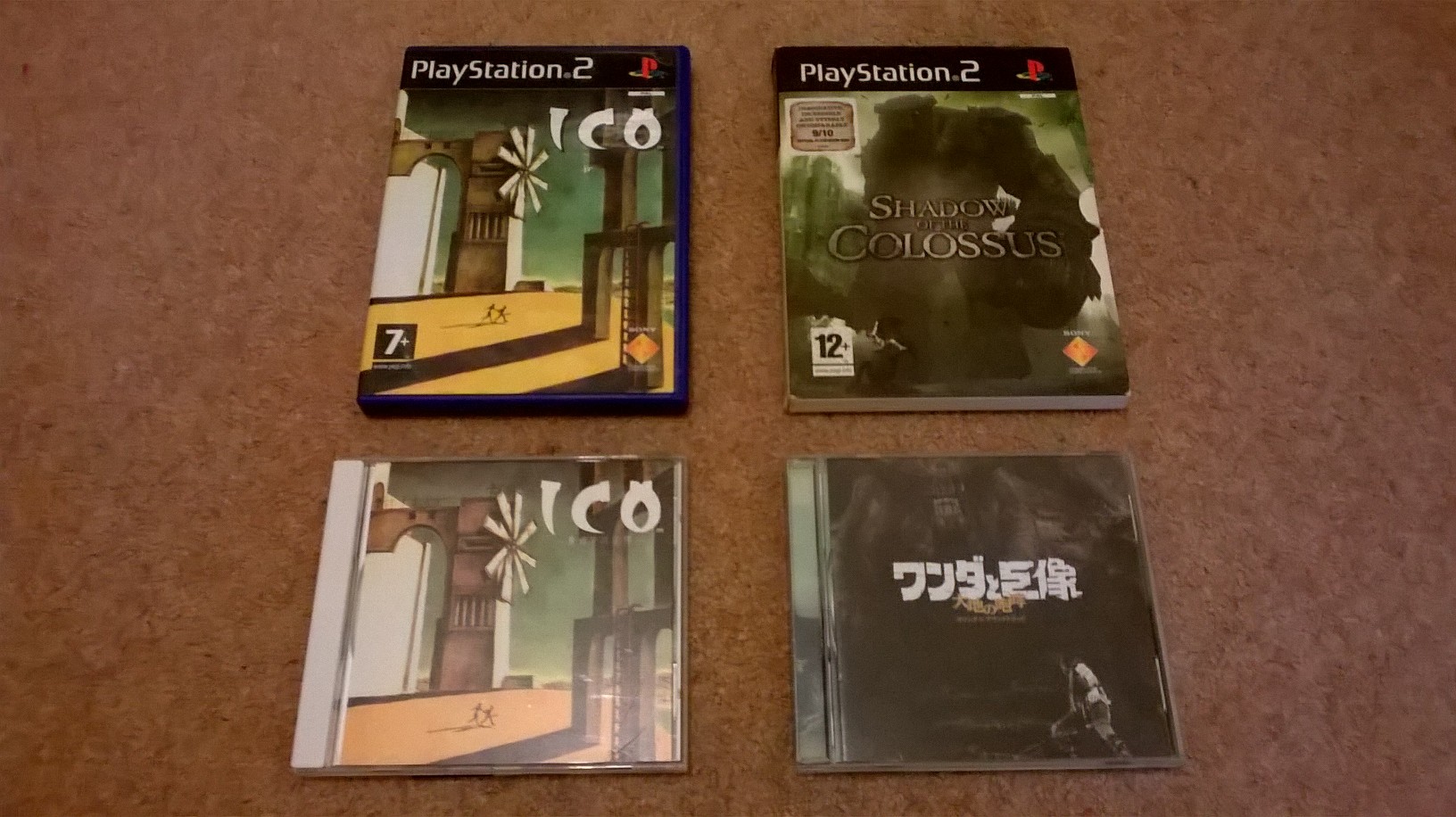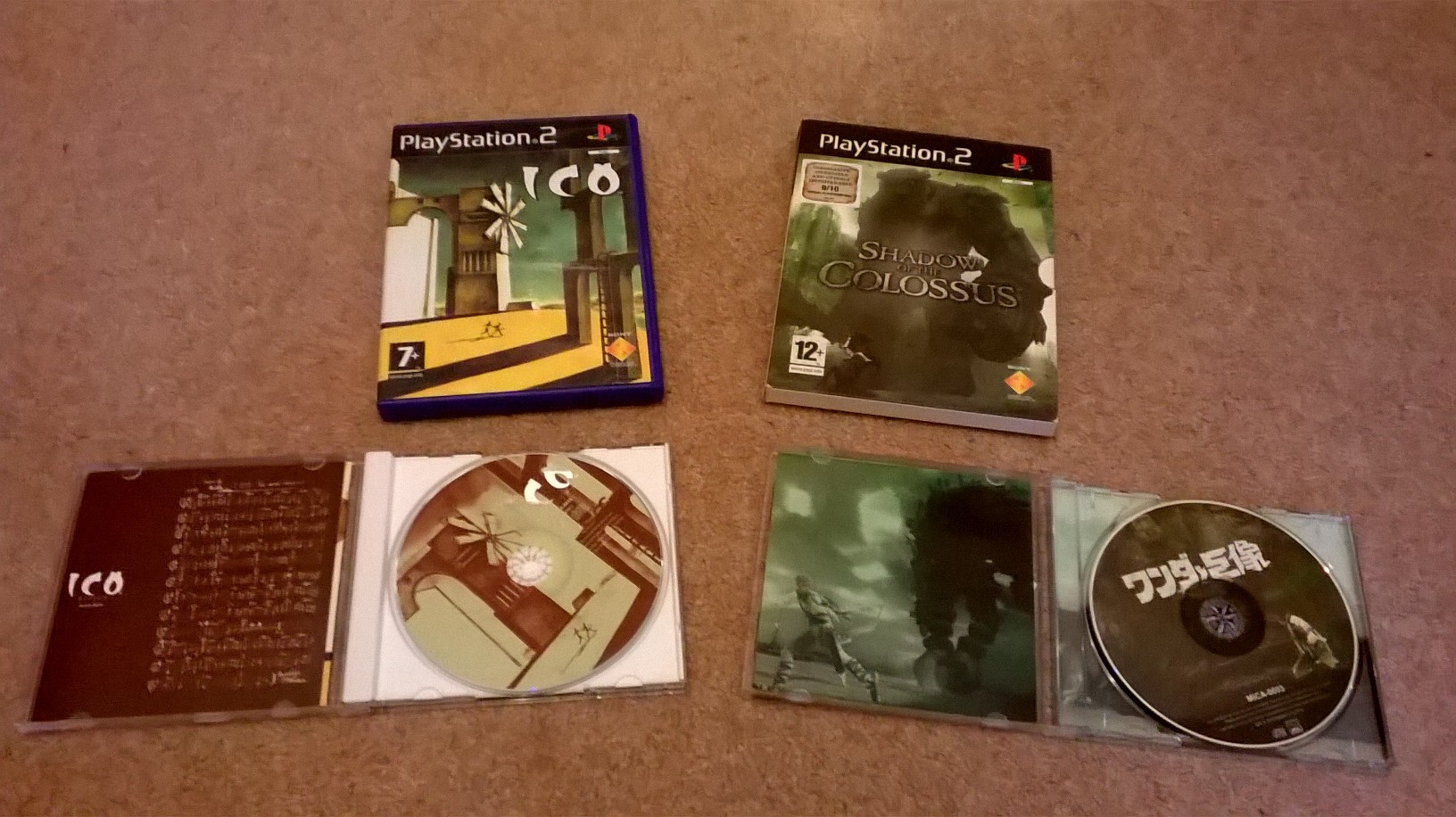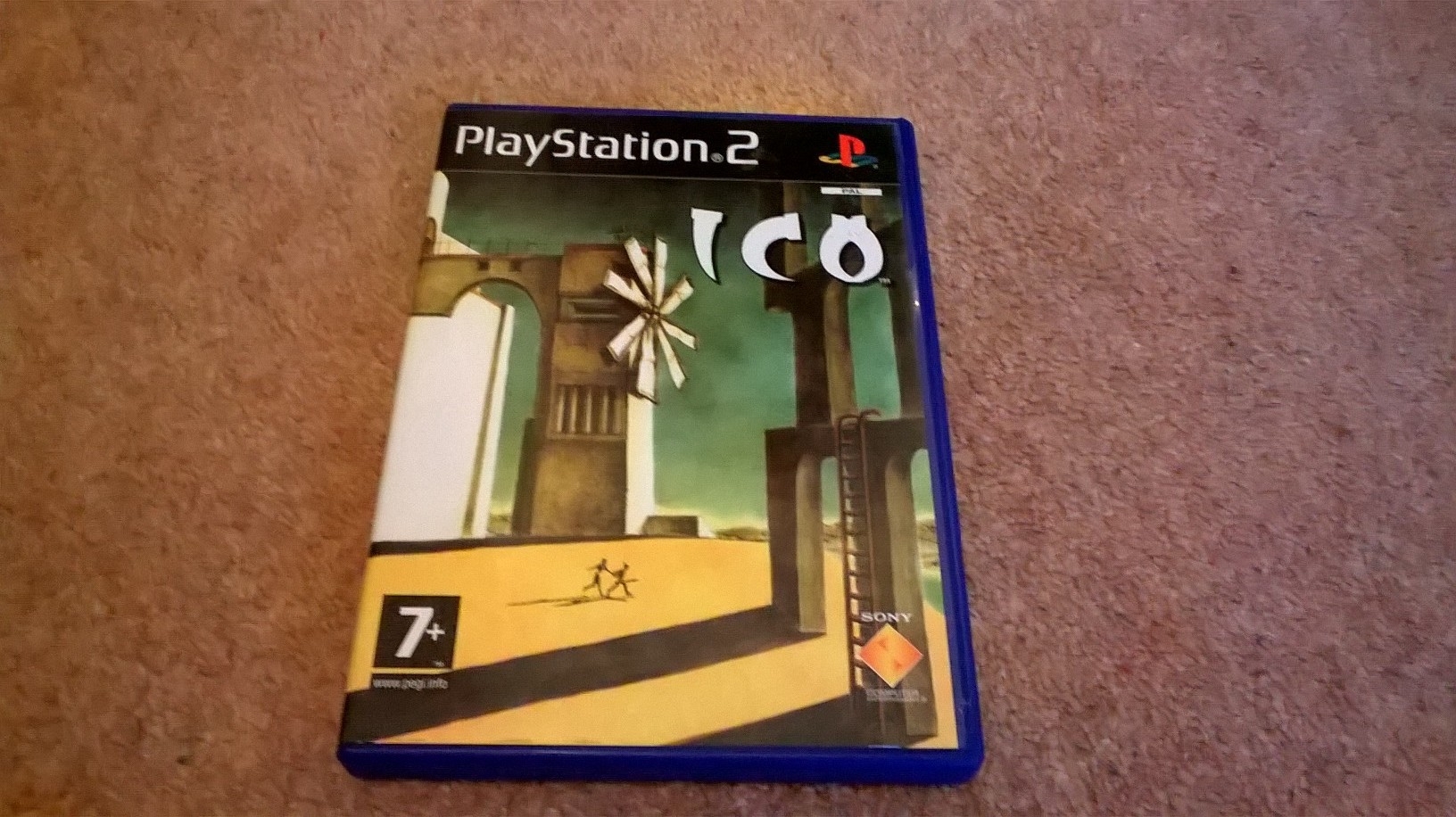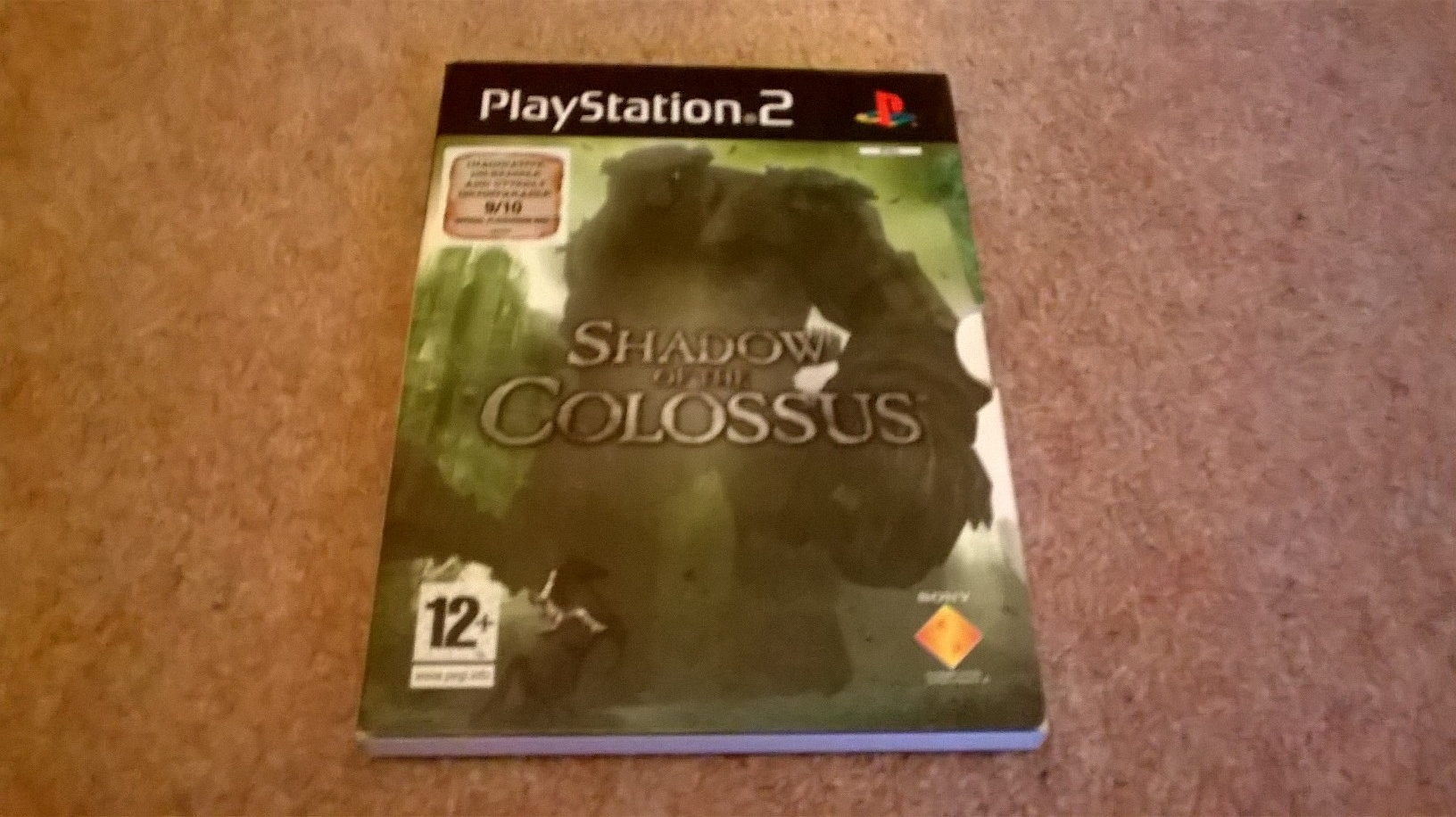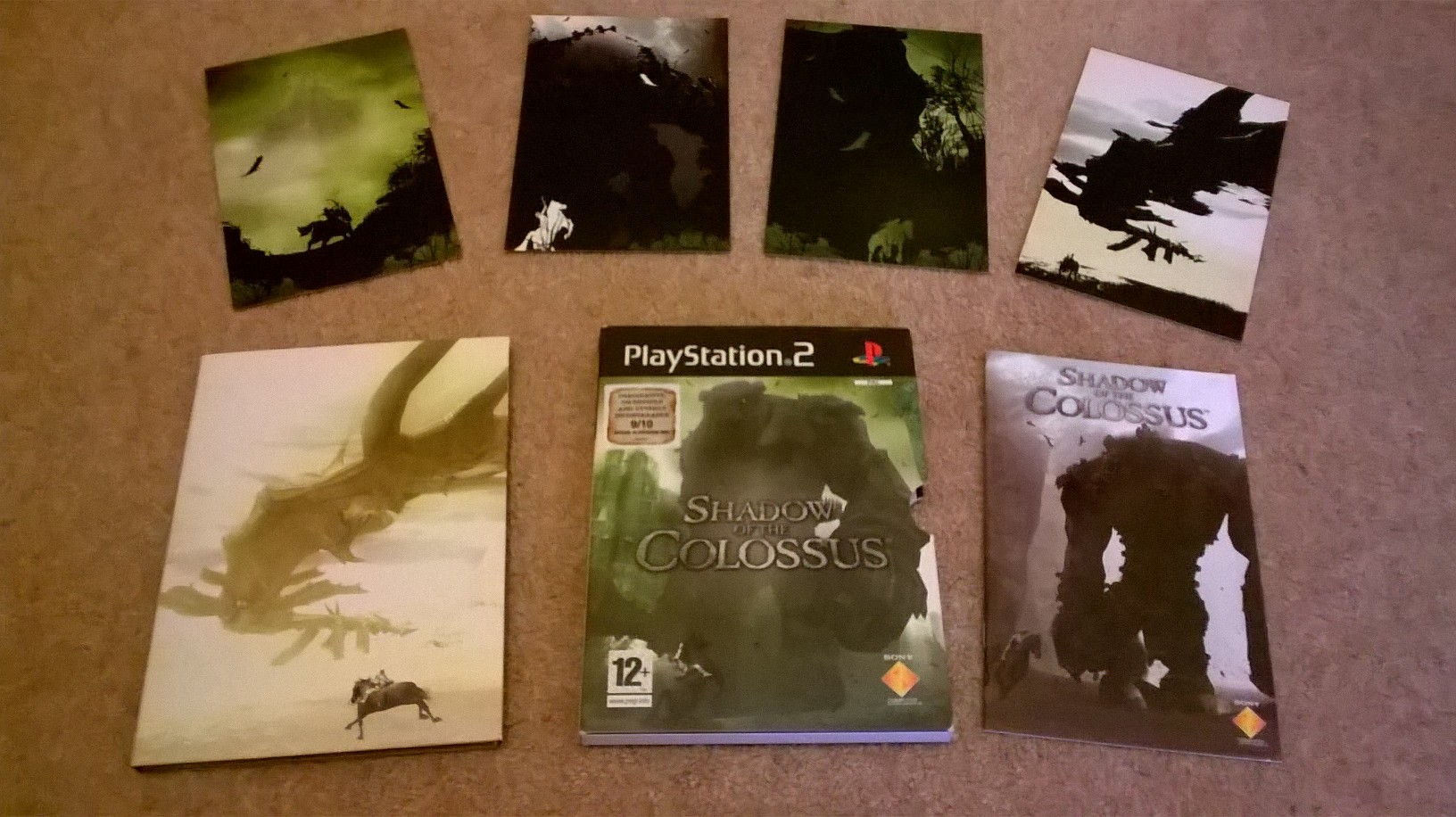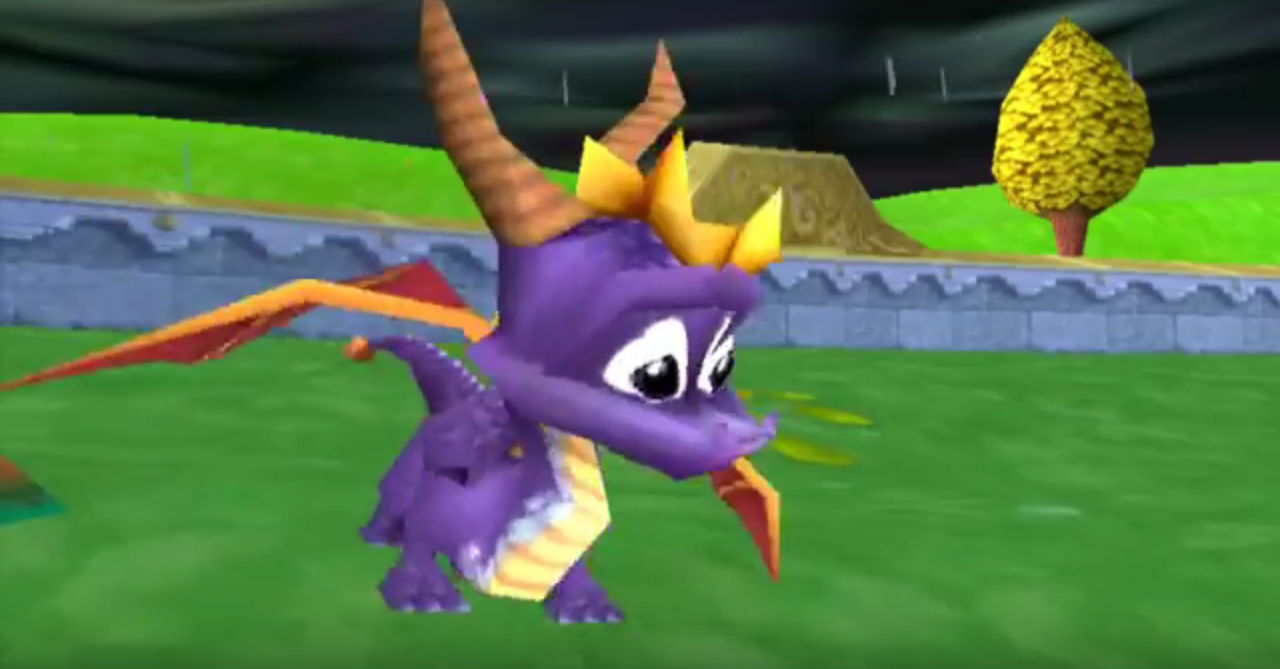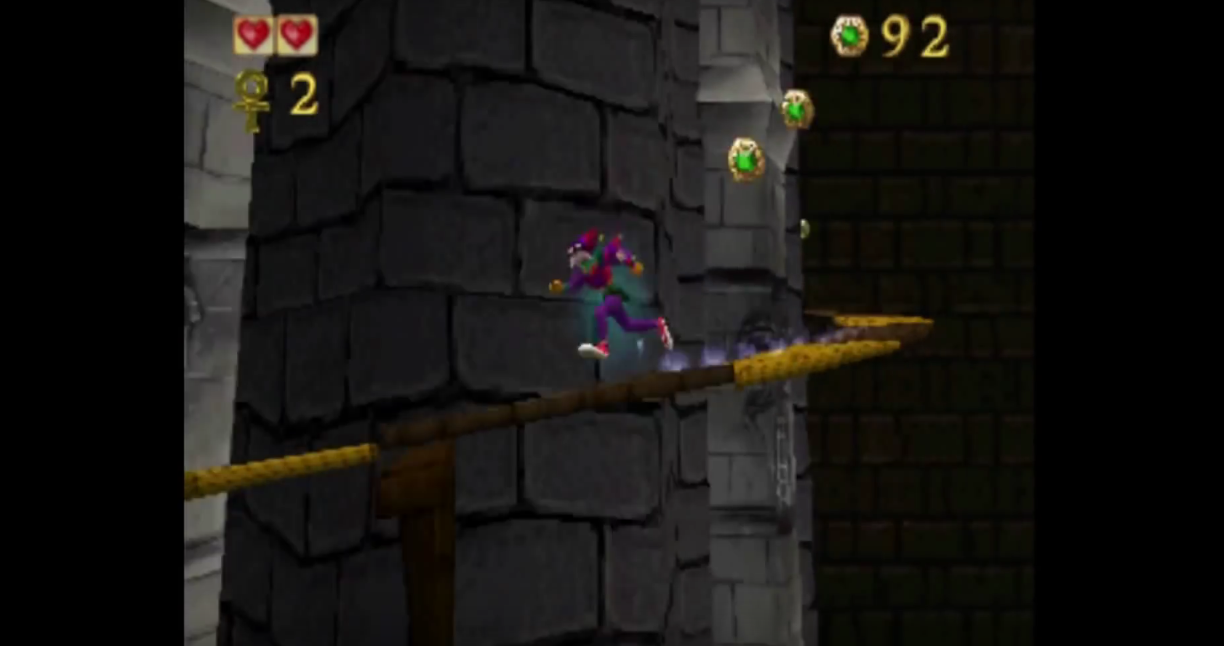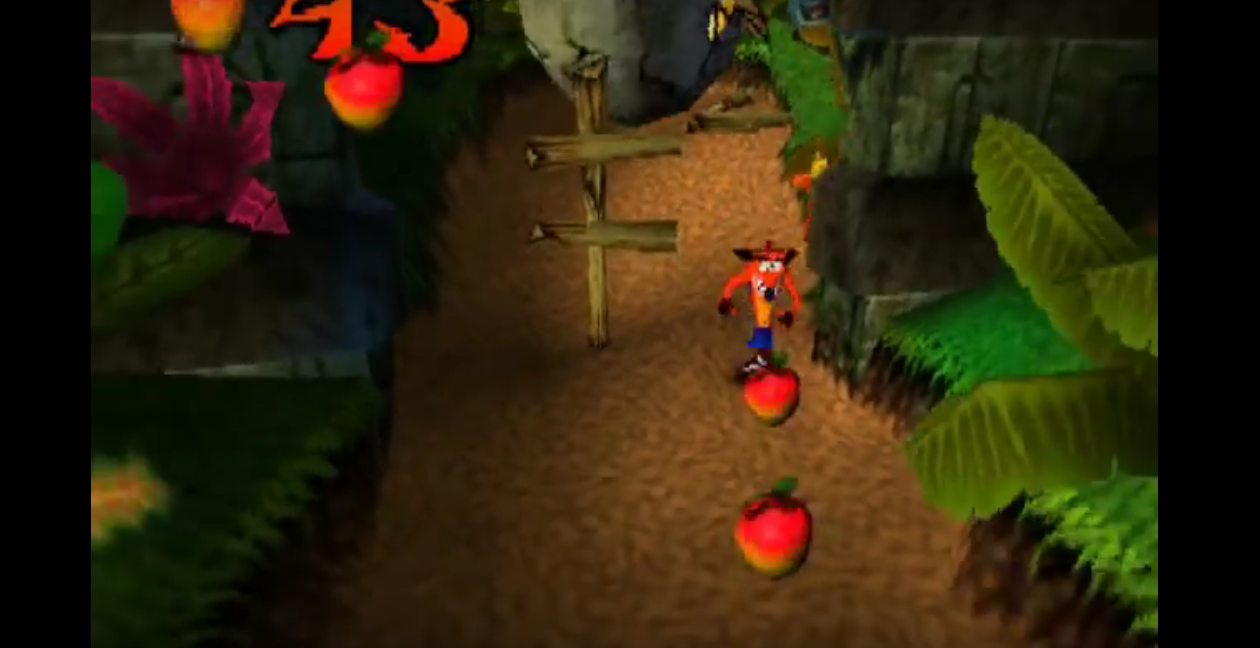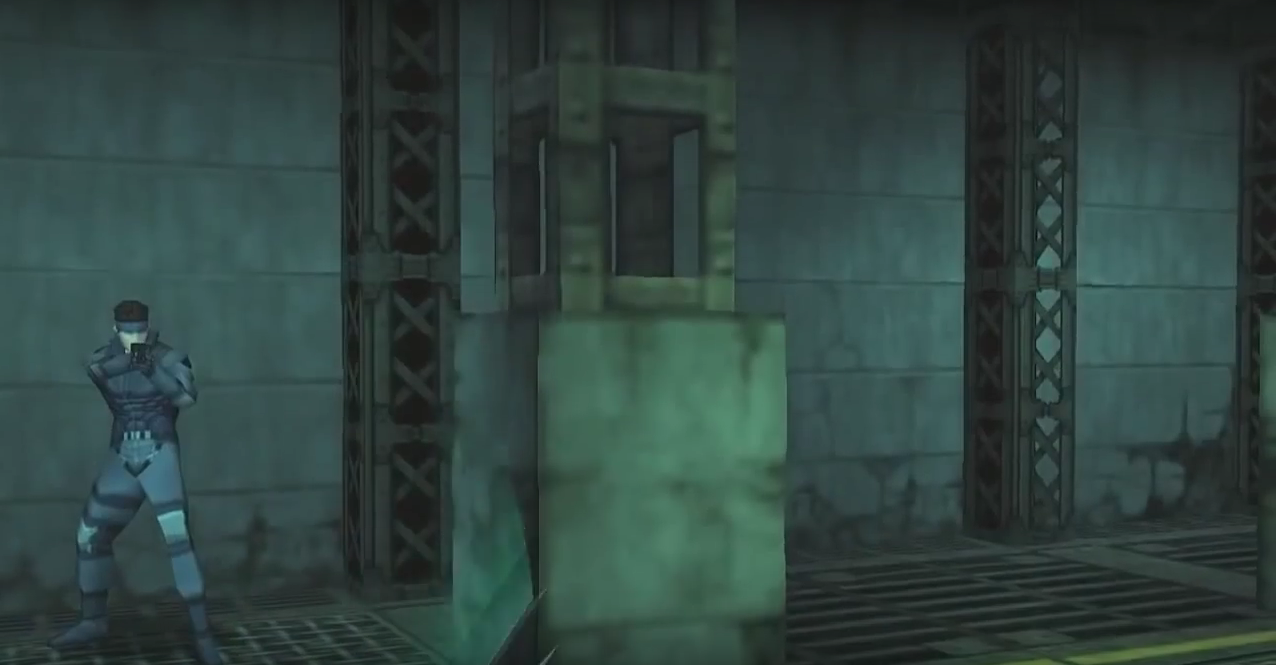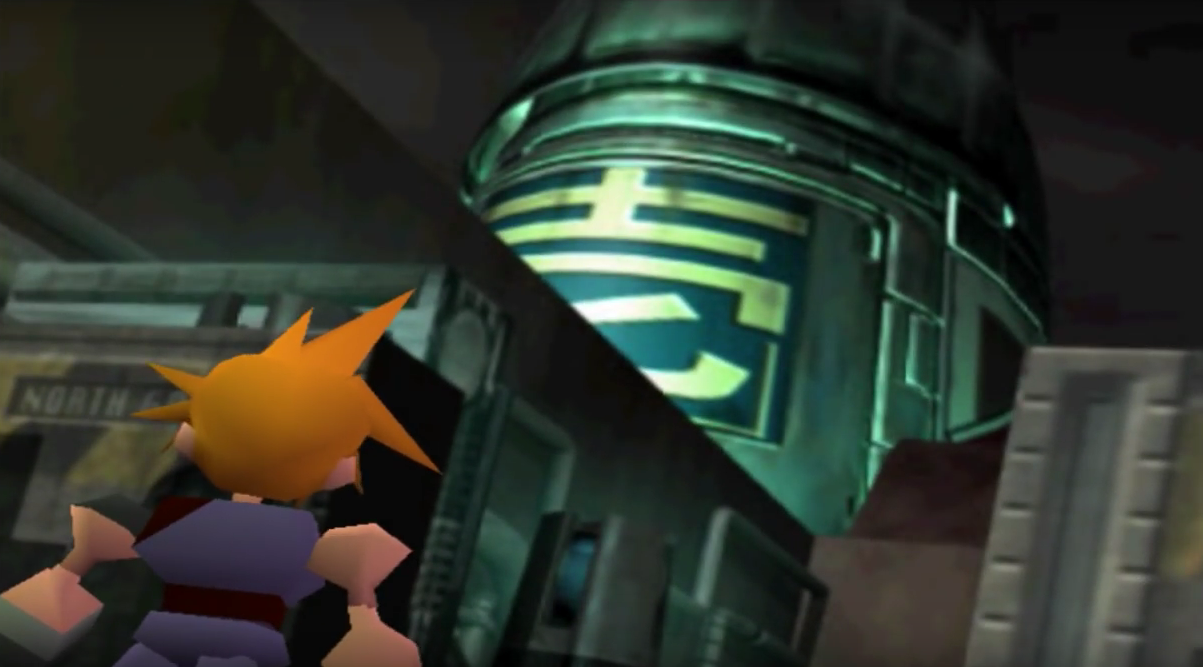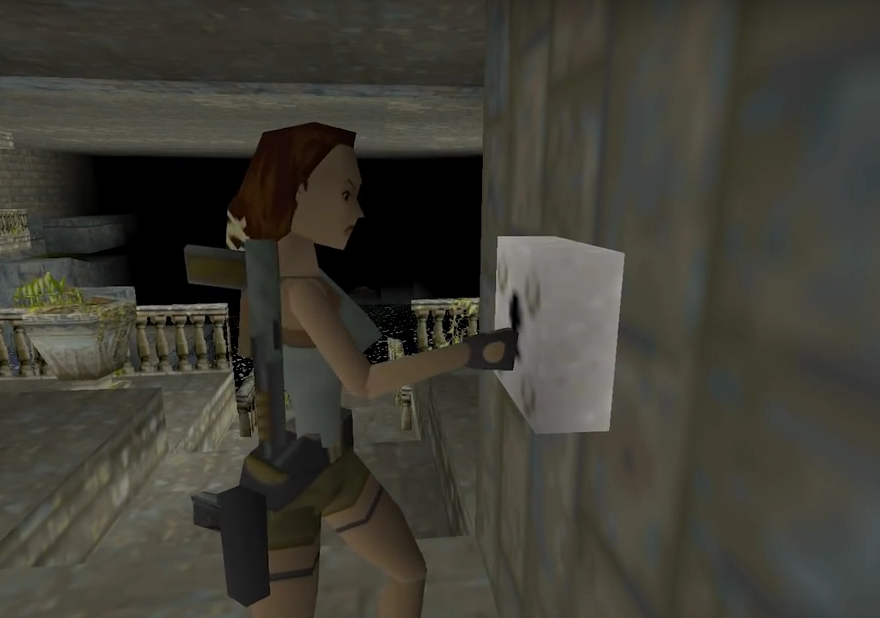As Winter approaches a difficult decision will have to be made.... no, not about lockdown and a Covid Christmas (although that's very important too of course) but as regards the purchase of either the PlayStation 5 or Xbox Series X (pending availability of course).
Decisions, decisions!
I'm not sure what I'm going to go for as neither Sony nor Microsoft have shown me any launch titles that have convinced me I need to buy the system on the day it drops. To be honest only Nintendo usually have something as a Day 1 release that make it a system seller which usually makes make me an early Nintendo adopter.
Don't get me wrong, I'm no Nintendo fan boy ( even though I always buy a Nintendo system for its exclusives) as I do also always buy either a Sony or Microsoft system too to ensure I have access to a wider variety and quantity of games, but this time the choice is a little more complex.
I have a PS4 currently as I like the exclusives and the focus on games rather than what Microsoft was pushing this generation initially , which was an all-round media machine with a Kinect focus. This is despite me being a huge Xbox 360 fan in the previous generation as its push on Live Arcade swayed me, alongside an ecosystem that was well integrated with indie titles and online marketplace.
The new consoles coming out seem to offer a bit of a starker choice this time round; 'more Sony exclusive' vs 'Tonnes of games with Game Pass'. It seems like a no-brainer that Xbox seems like the better option, and for many it probably is, but as an aging gamer with limited time I value the amount of time I have available for my hobby. I'd rather spend time playing the games I really wanted to rather than sifting through the sheer number of games that Microsoft will have available. Now some might say, 'Get the Xbox and play the games you want' but having Netflix I know that when there is too much choice I get paralysed and end up consuming not much at all as my mind starts to wander onto my 'pile of shame' watch list and I dip in and out, not committing to anything or racing through it without appreciating it fully. Imagine that with gaming? I'd always be worried about the next shiny thing. Although with the acquisition of ZeniMax and potential exclusives of titles like Elder Scrolls, Doom, Wolfenstein and Fallout is a huge boon for Microsoft, I’m still not sure that they’ll be system exclusives, maybe being timed exclusives or being released multi-platform, so I’m not too concerned about this.
So it's not you Microsoft, it me. At least that's how I feel at the moment but you never know, Sony might bugger it all up like they did with the PS3 and I might go cap in hand back to Xbox. One things for sure, in these unusual times things are as unpredictable as ever and that applies to the gaming space too. However, one certainty is that Nintendo will remain my one gaming constant.
Now to continue working through my pile of shame before the next gen drops.
LINK- My One True Gaming Constant- Nintendo
LINK- Pure Invention: How Japan's Pop Culture Conquered the World- Book Review
LINK- Japan: My Journey to the East














































